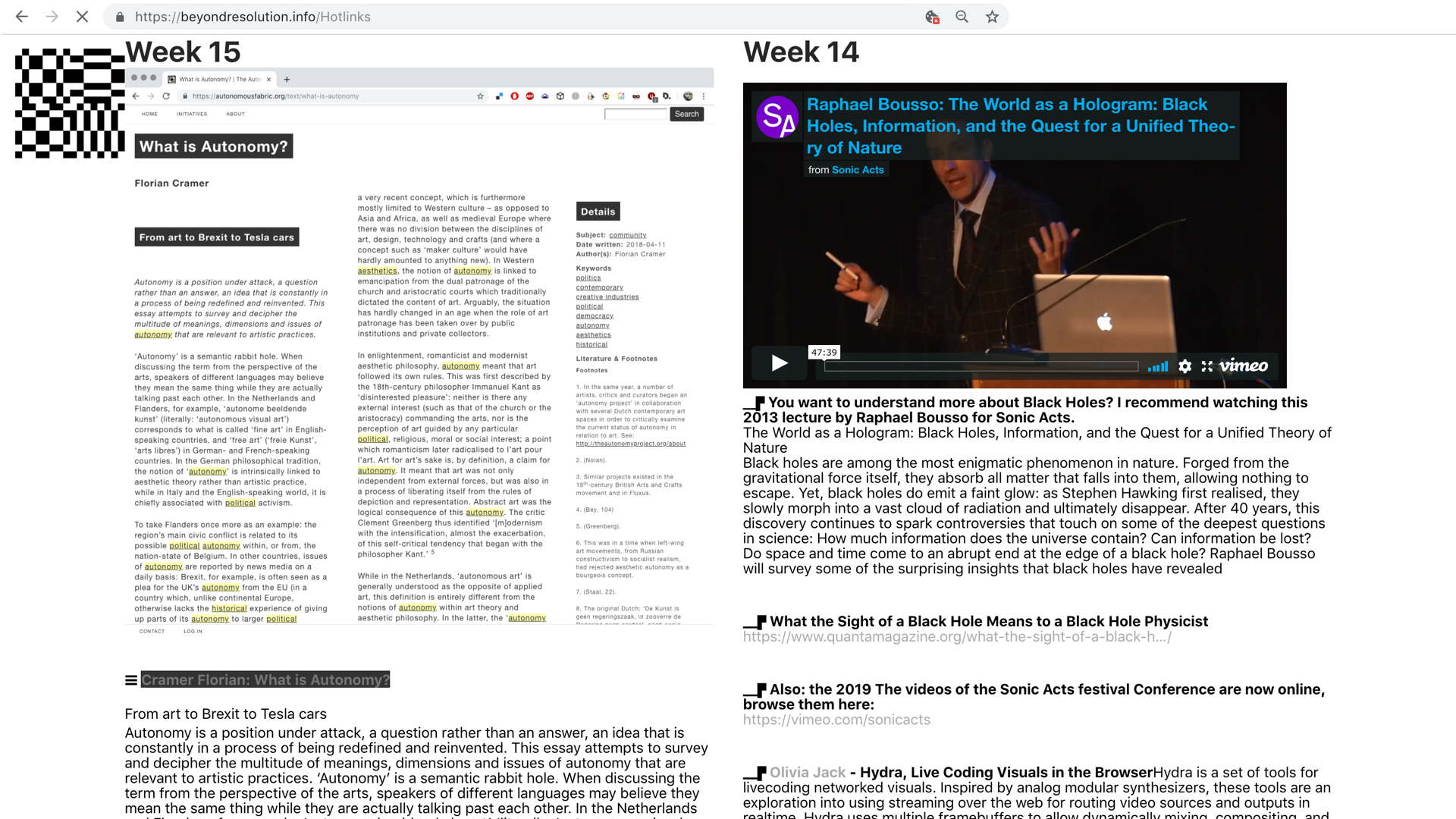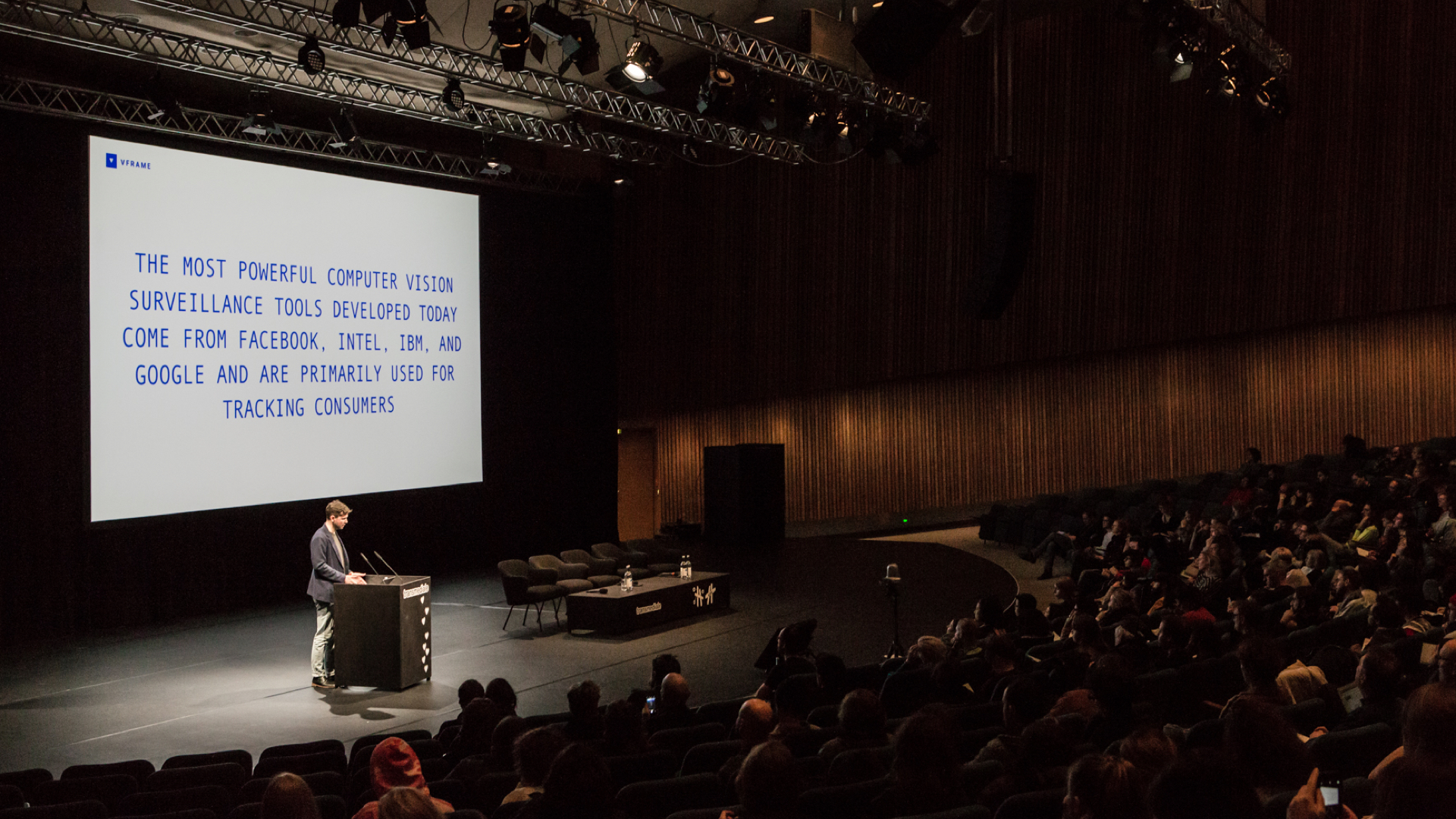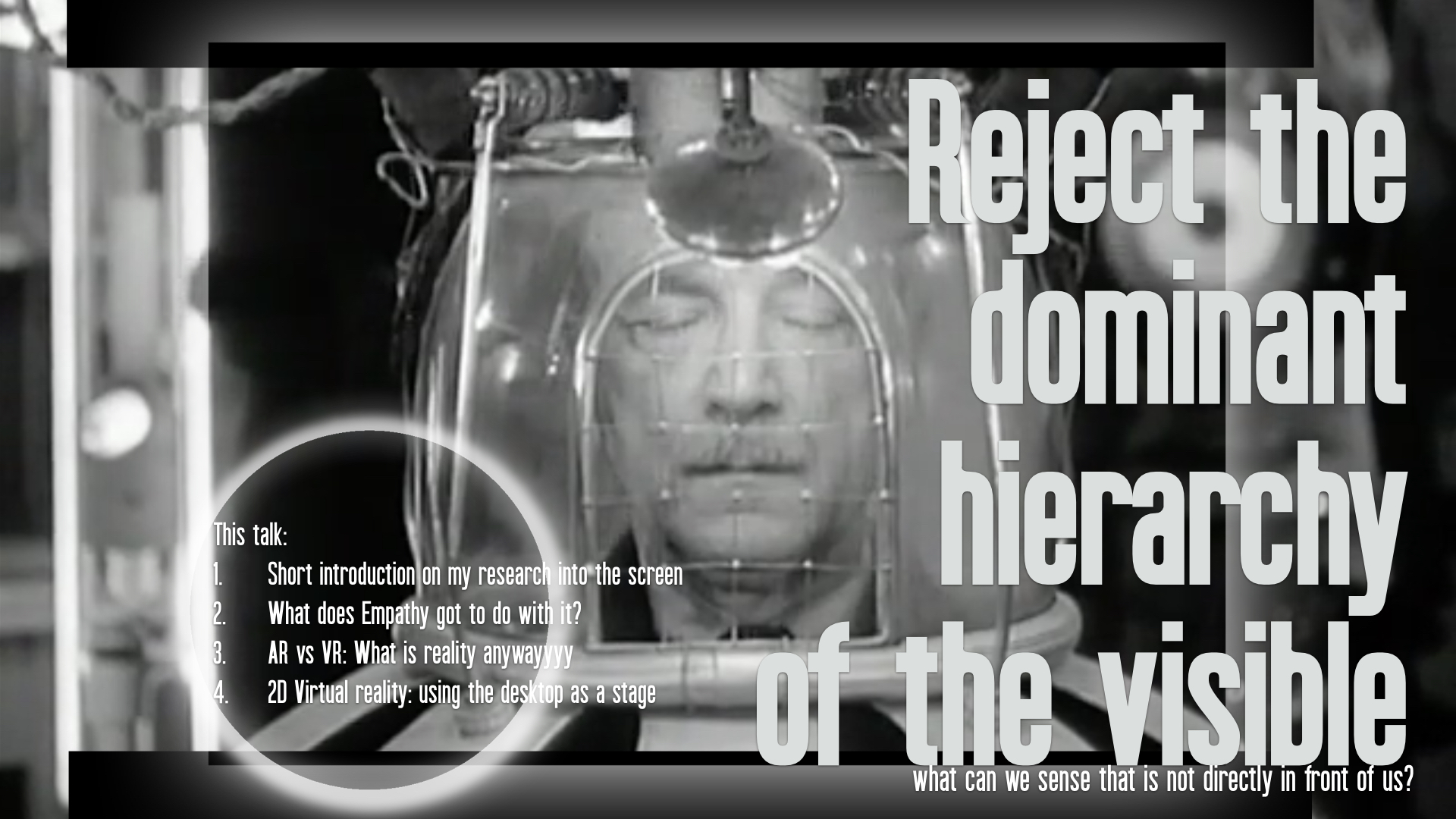

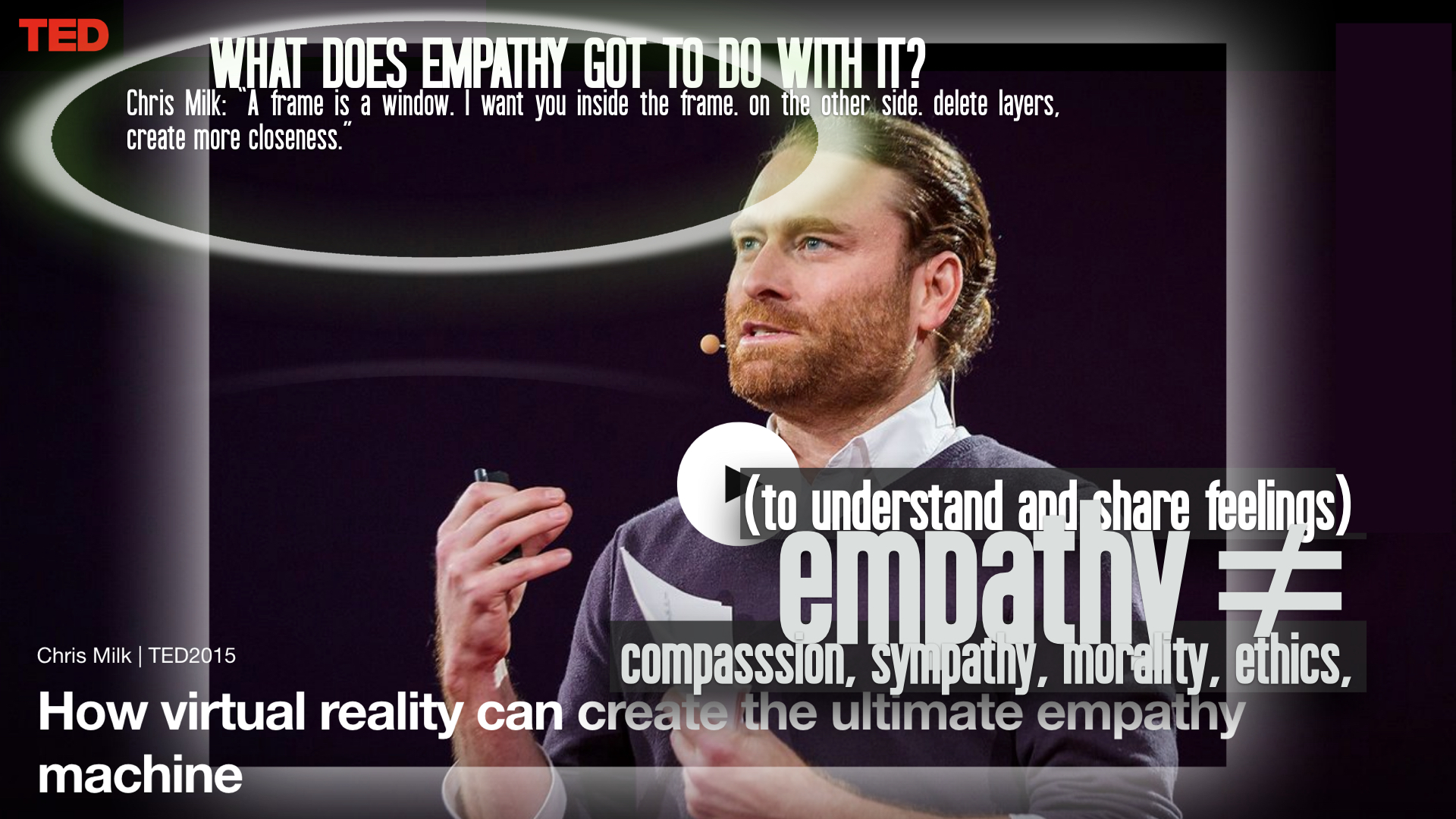
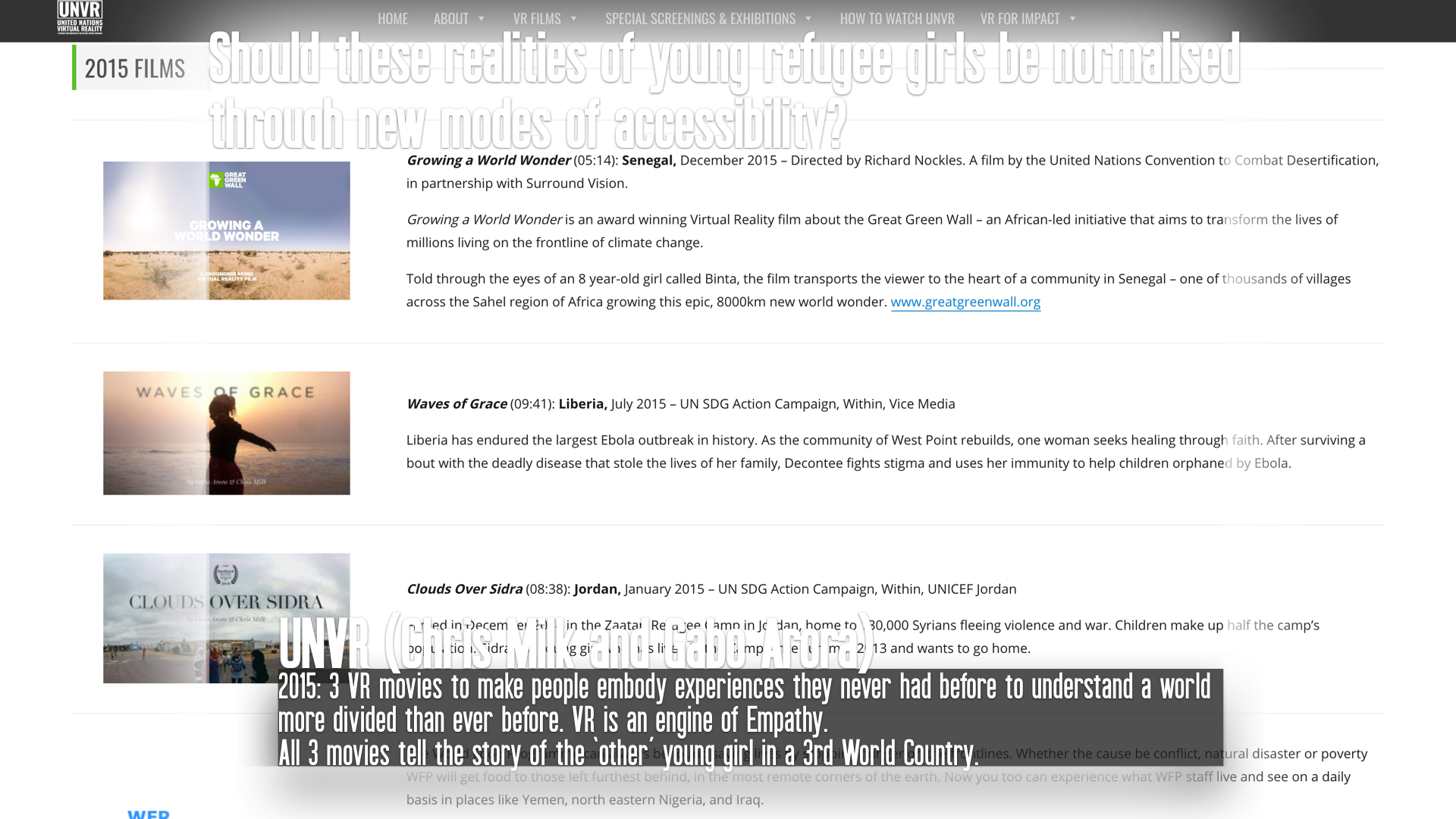
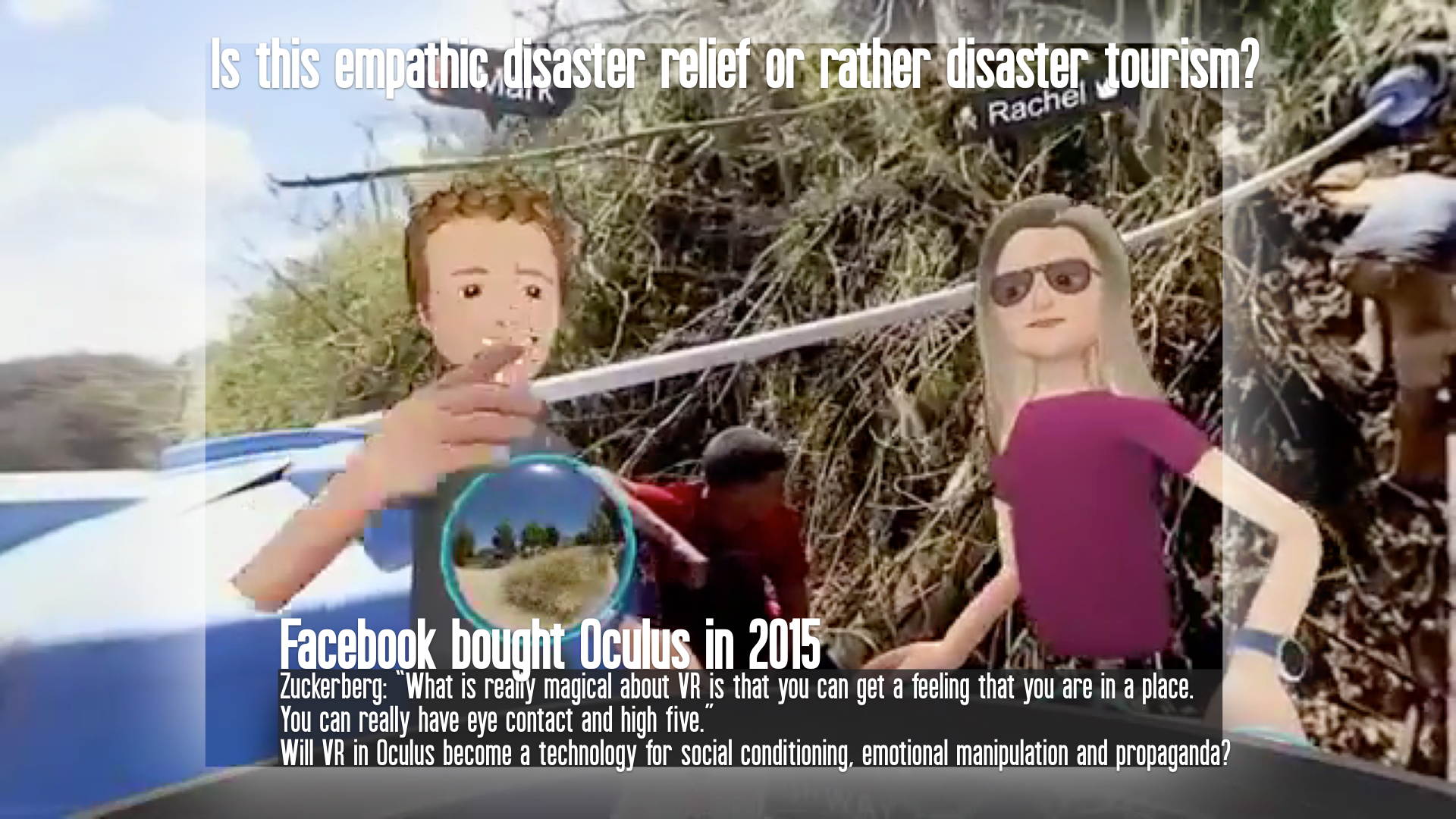
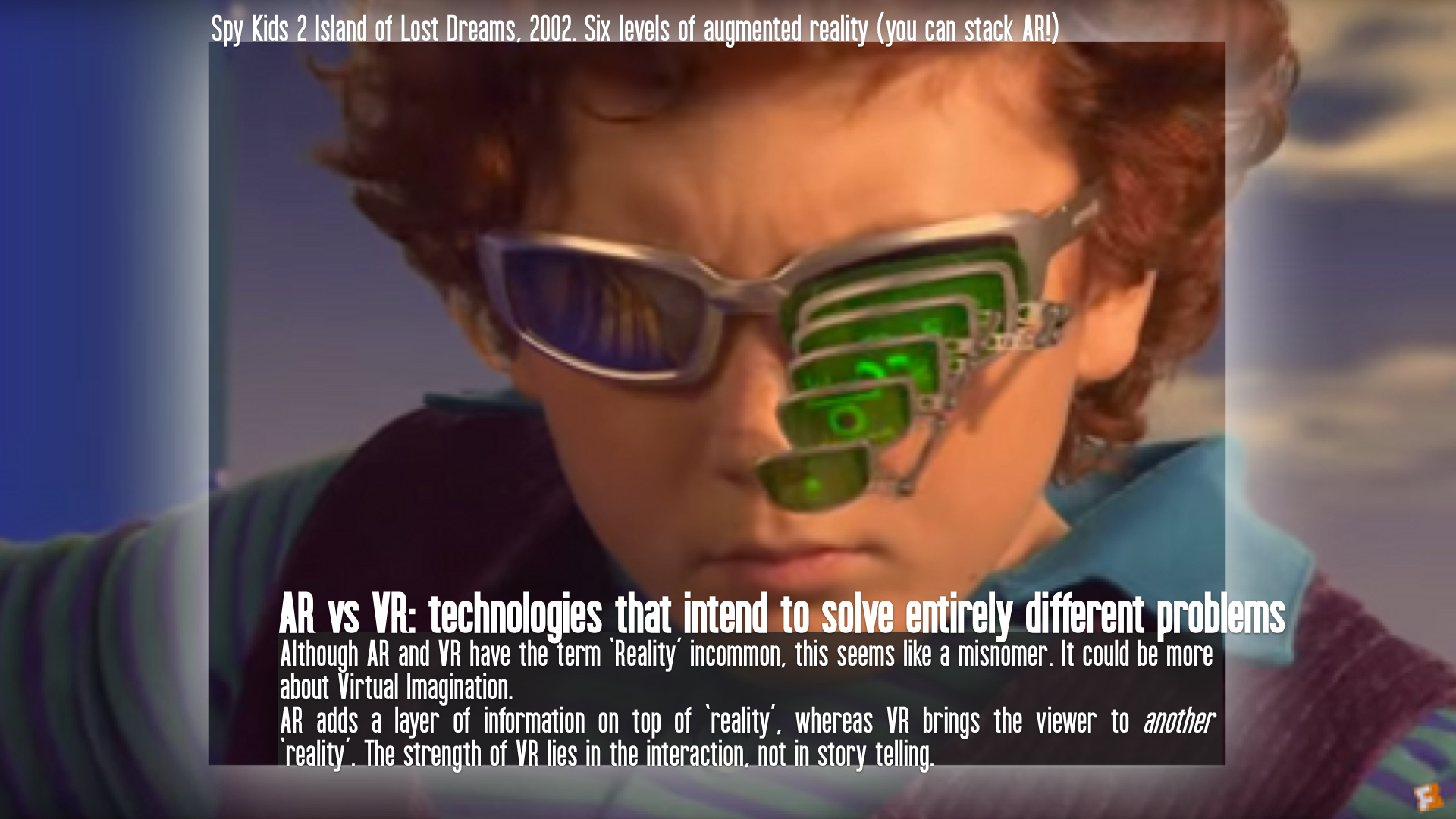
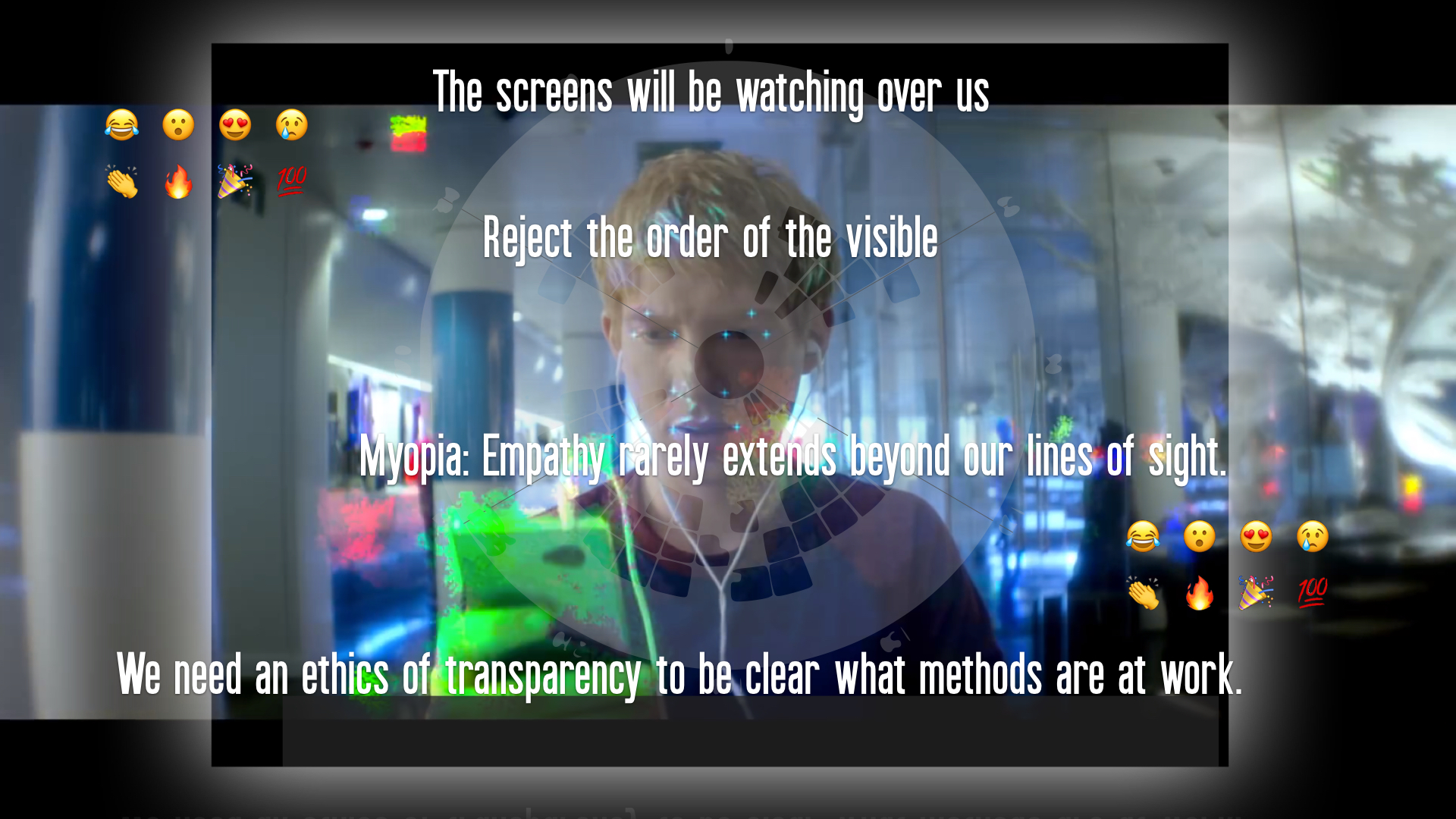
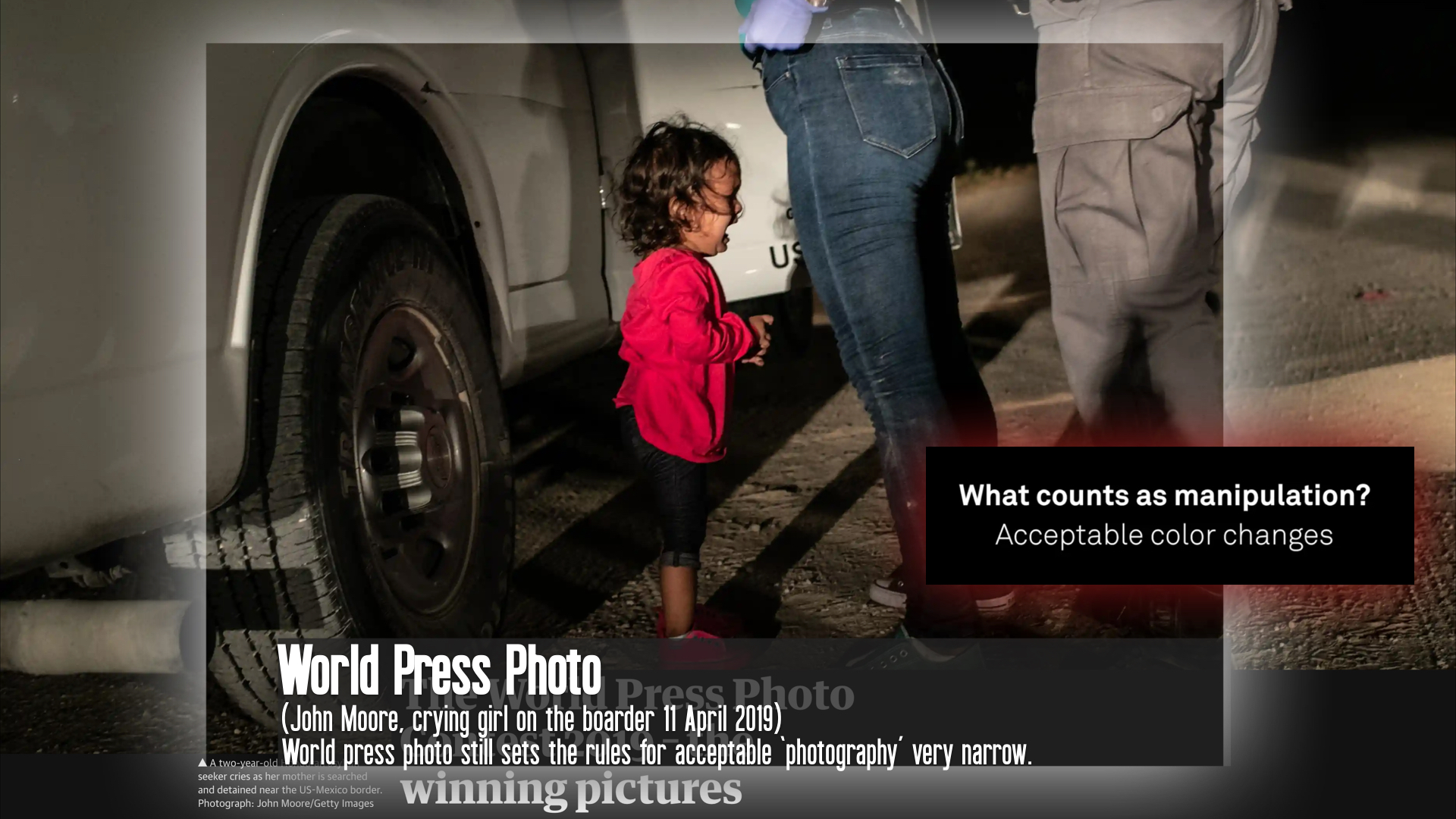
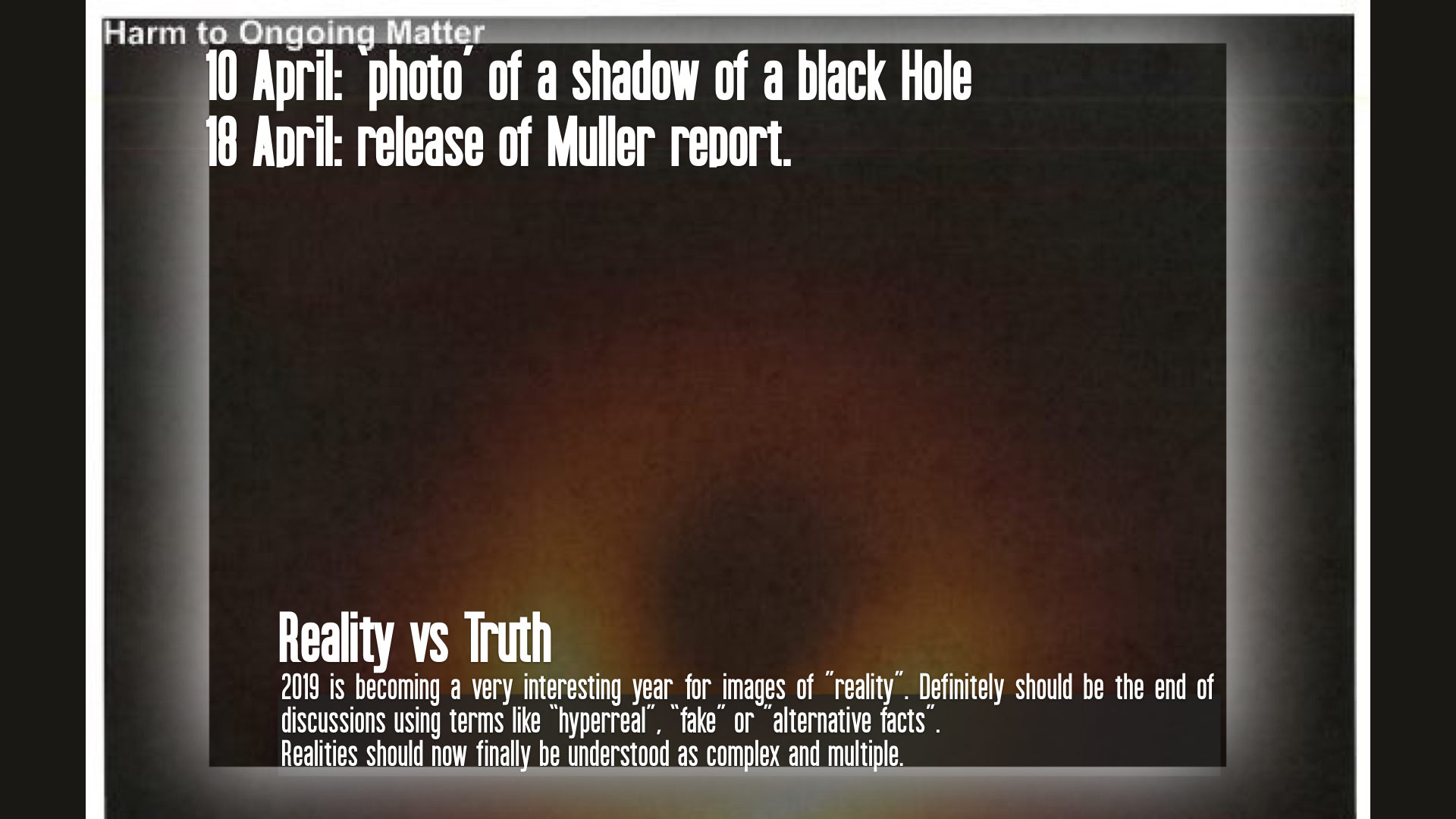


AR, VR and ‘empathy’. A presentation for Impakt, Utrecht, Netherlands.
[[part of the resolution studies colloquium]]Impakt asked me to give a short presentation on AR, VR and empathy. VR - or ‘the empathy machine’ - has often been used to tell the story of young refugee girls. Can VR also provoke empathy without the exploitation of minor immigrant girls? And what is so good about empathy - what do we win with empathy if we do not have compassion, sympathy, morality or other forms of ethics at play? How easily do we cross the line from emphaty to commiserate disaster tourism?
And what is the relation between AR and VR? Maybe a use of the world ‘reality’ a misnomer for what better could be understood as chimera?


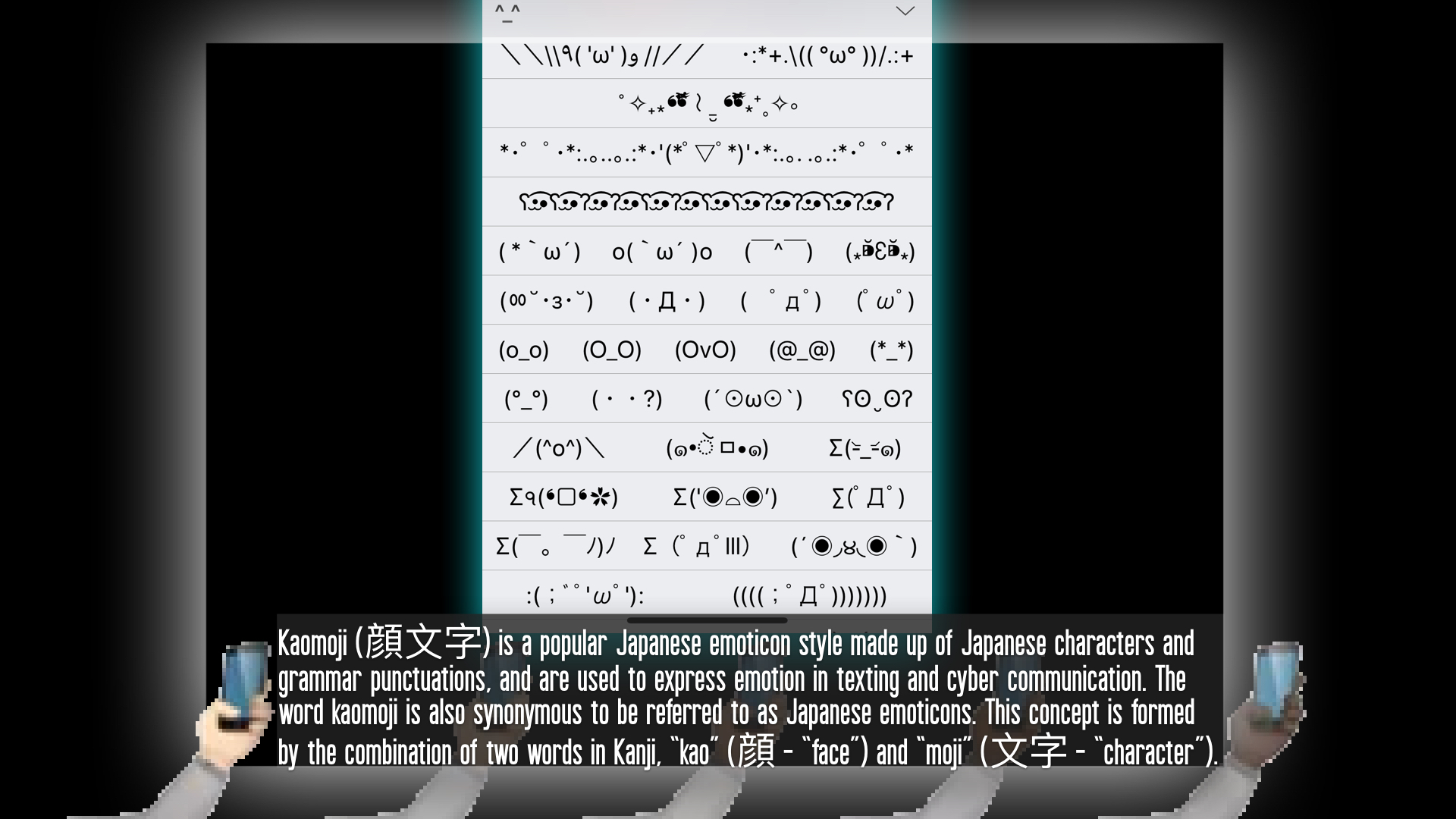

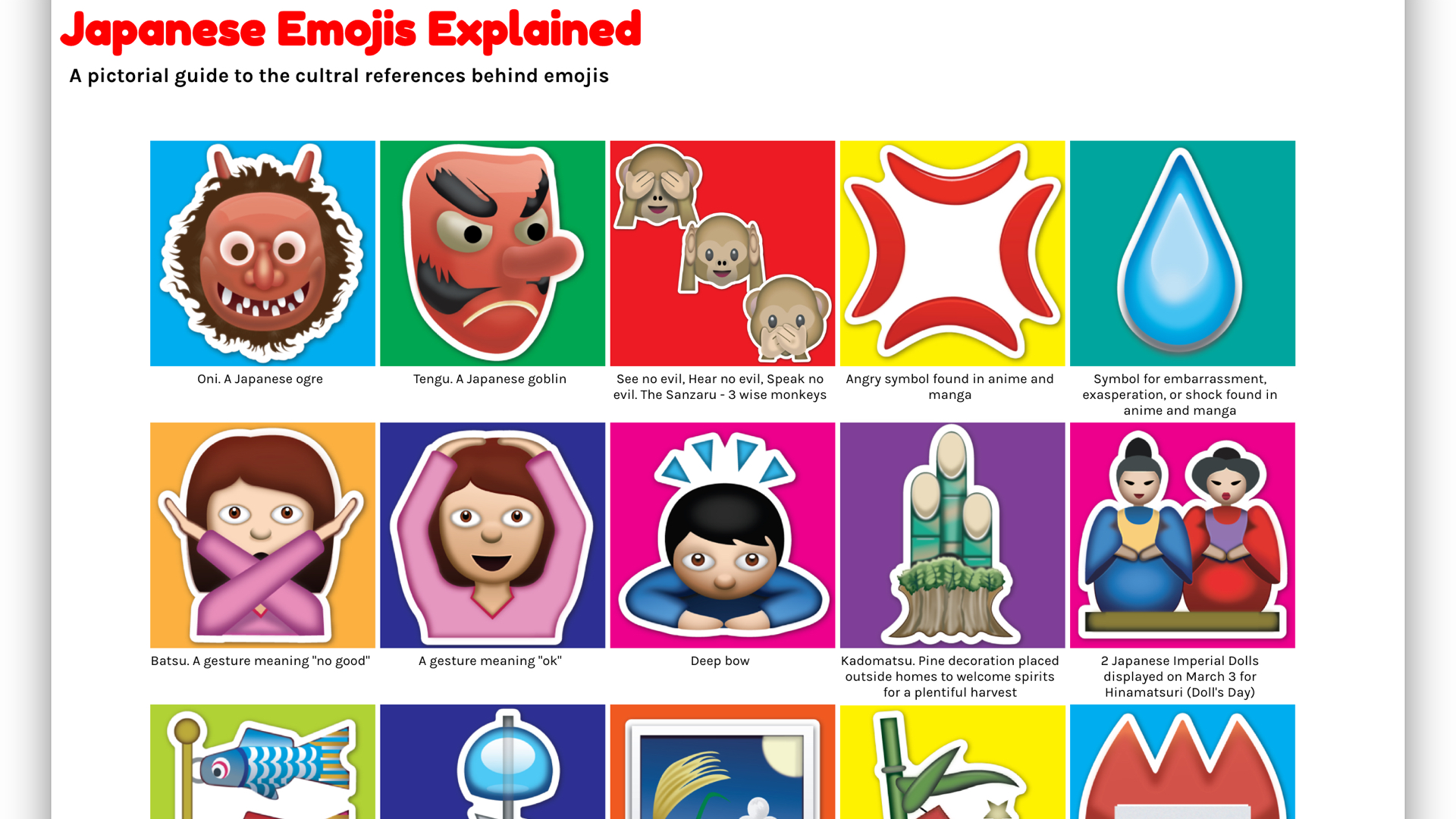
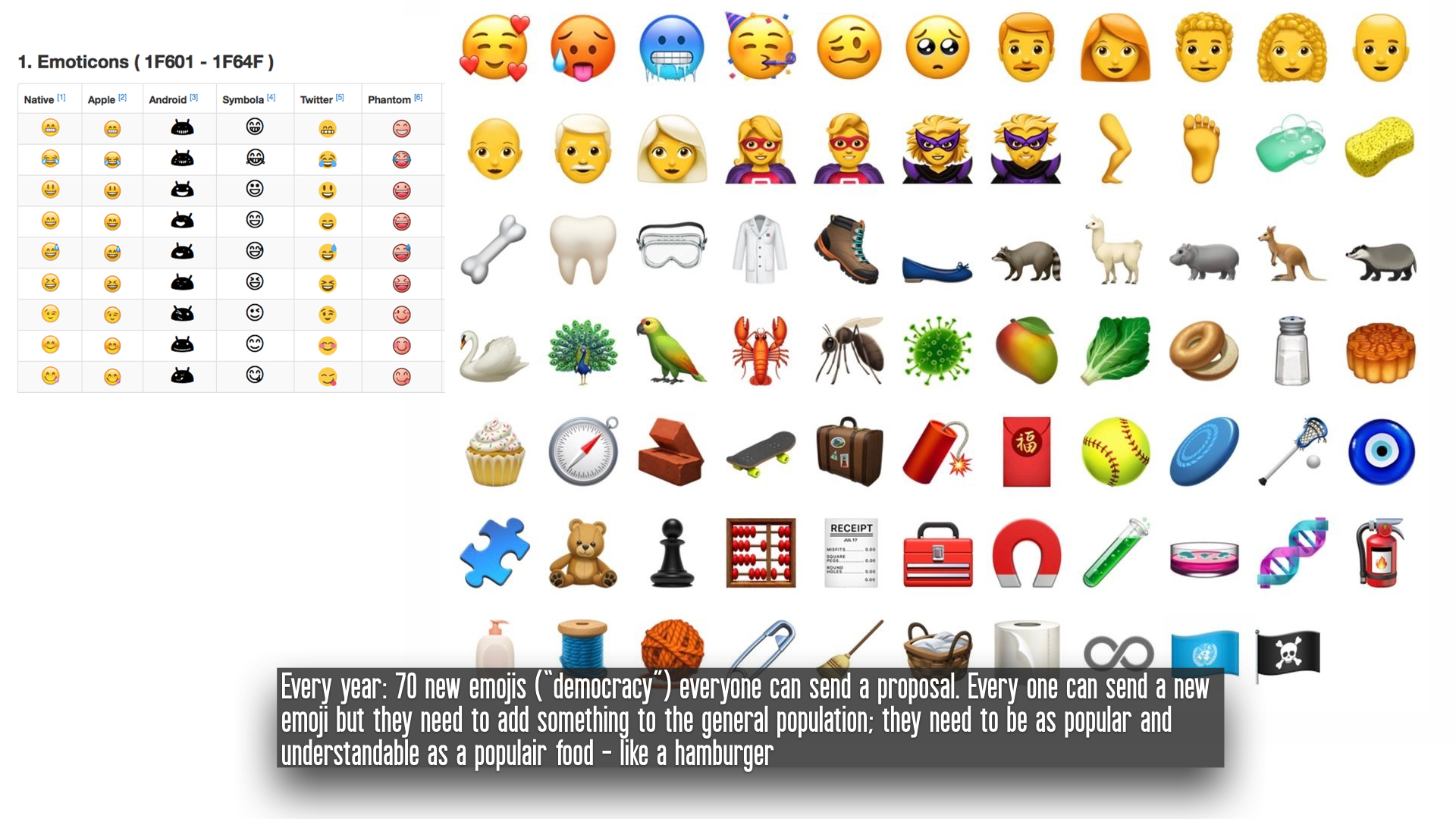

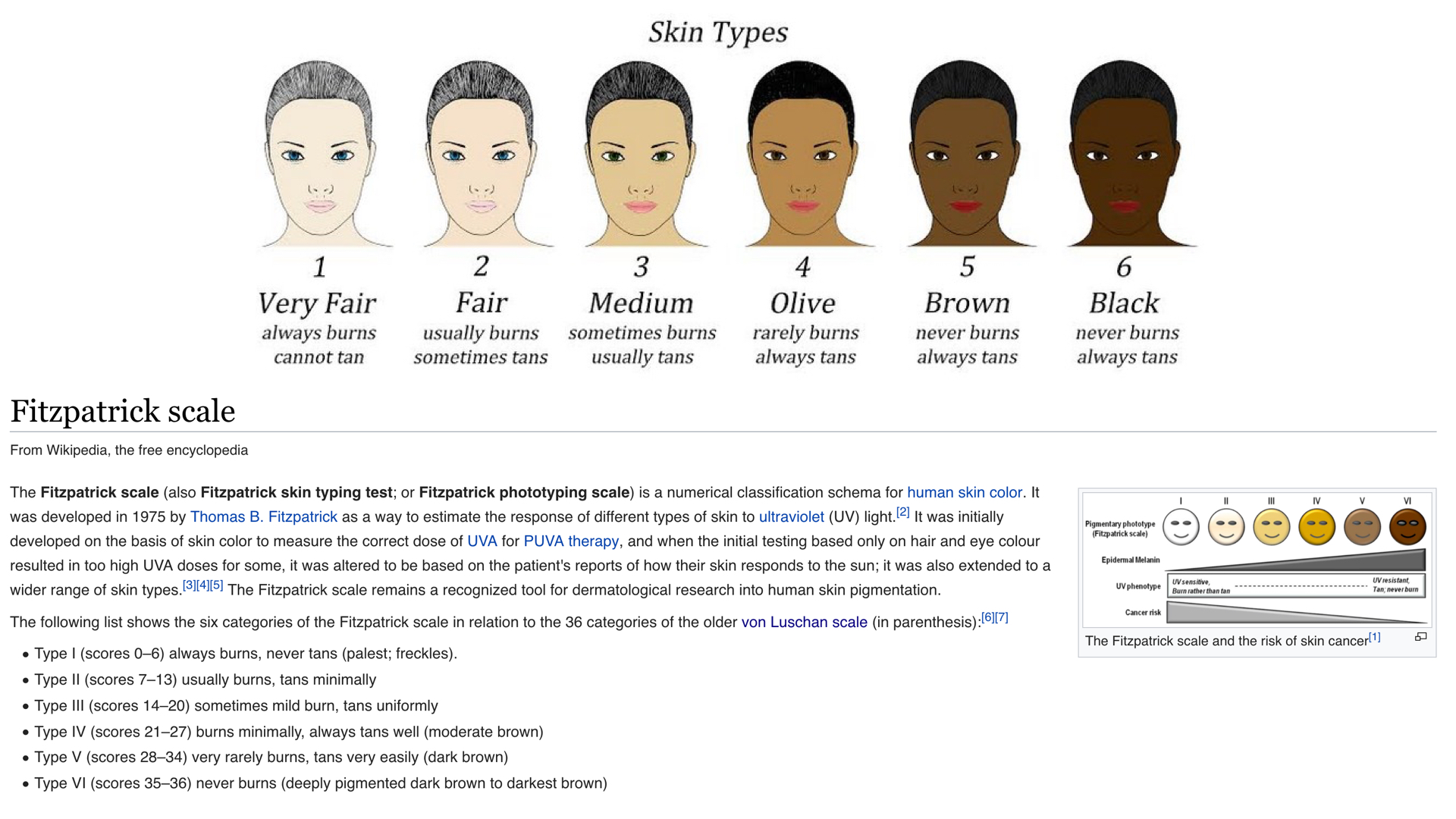
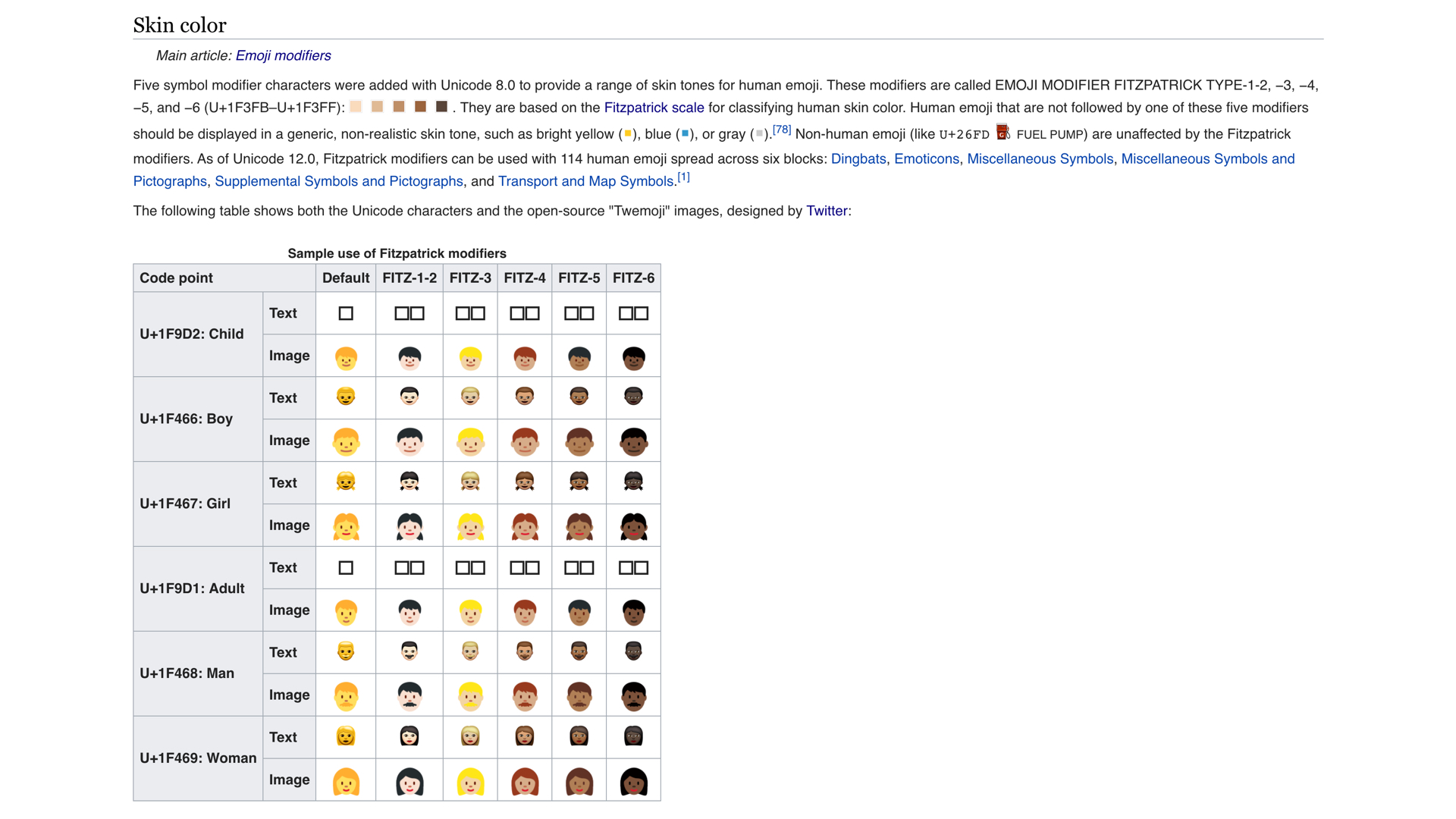
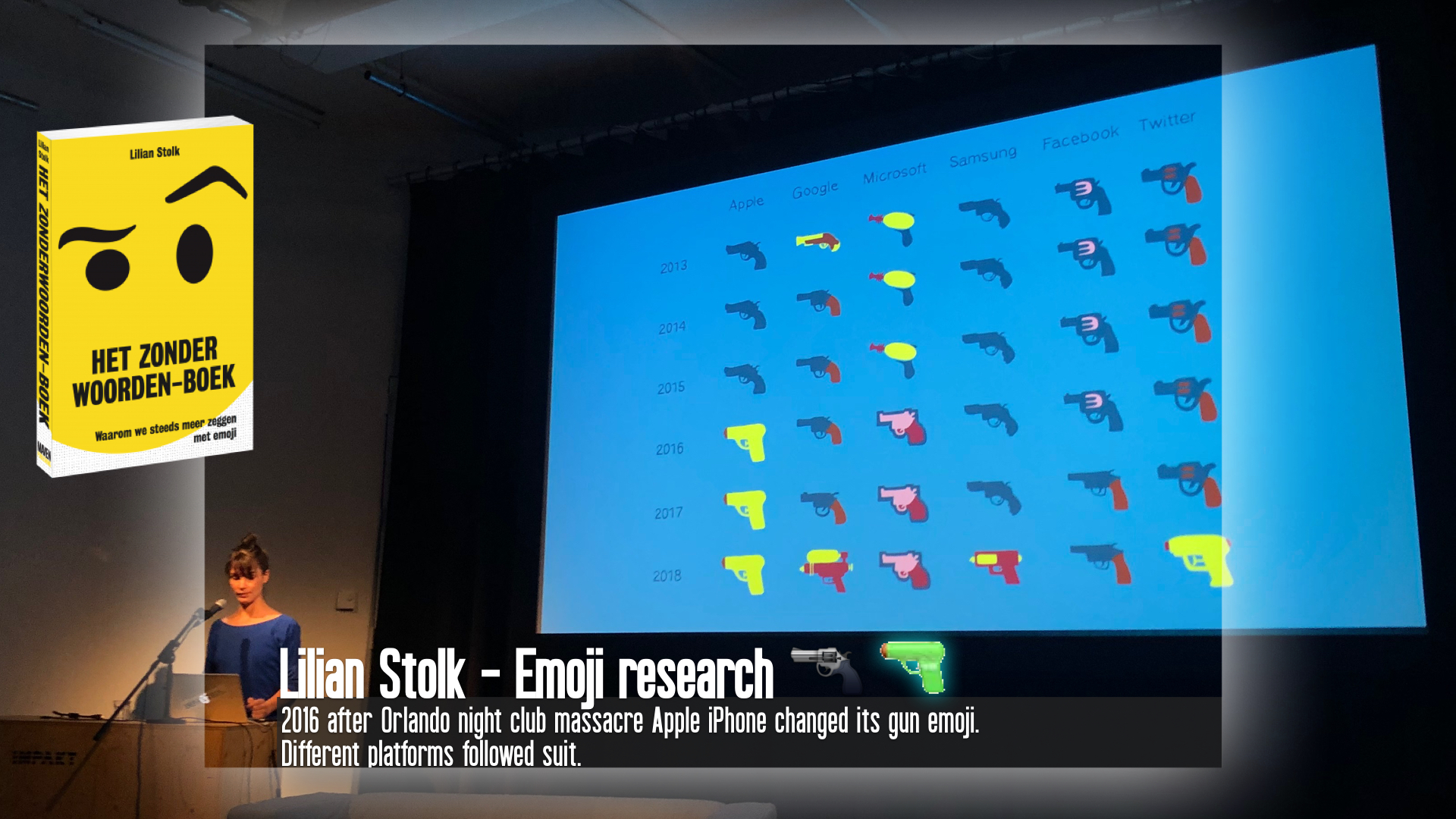
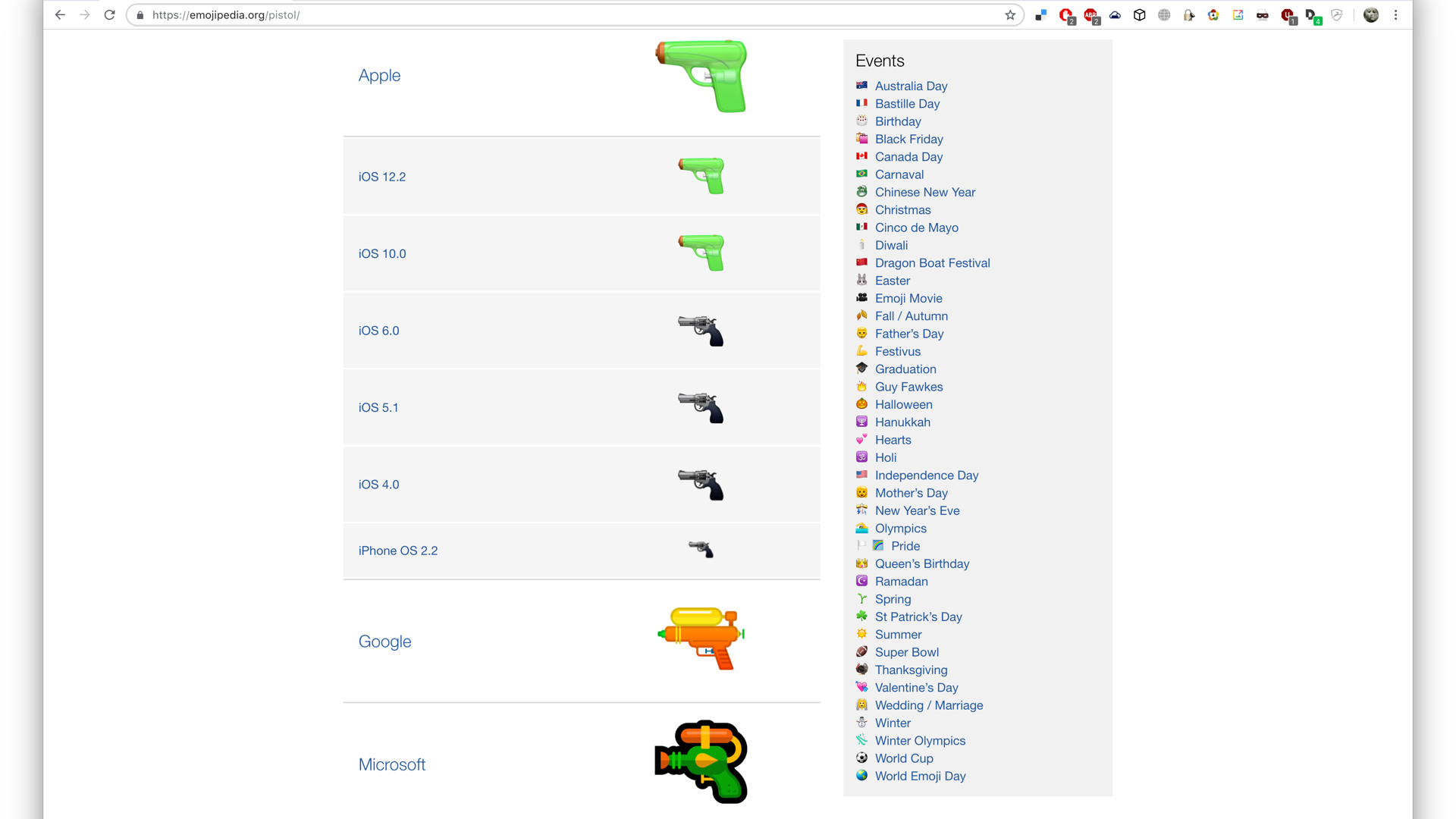
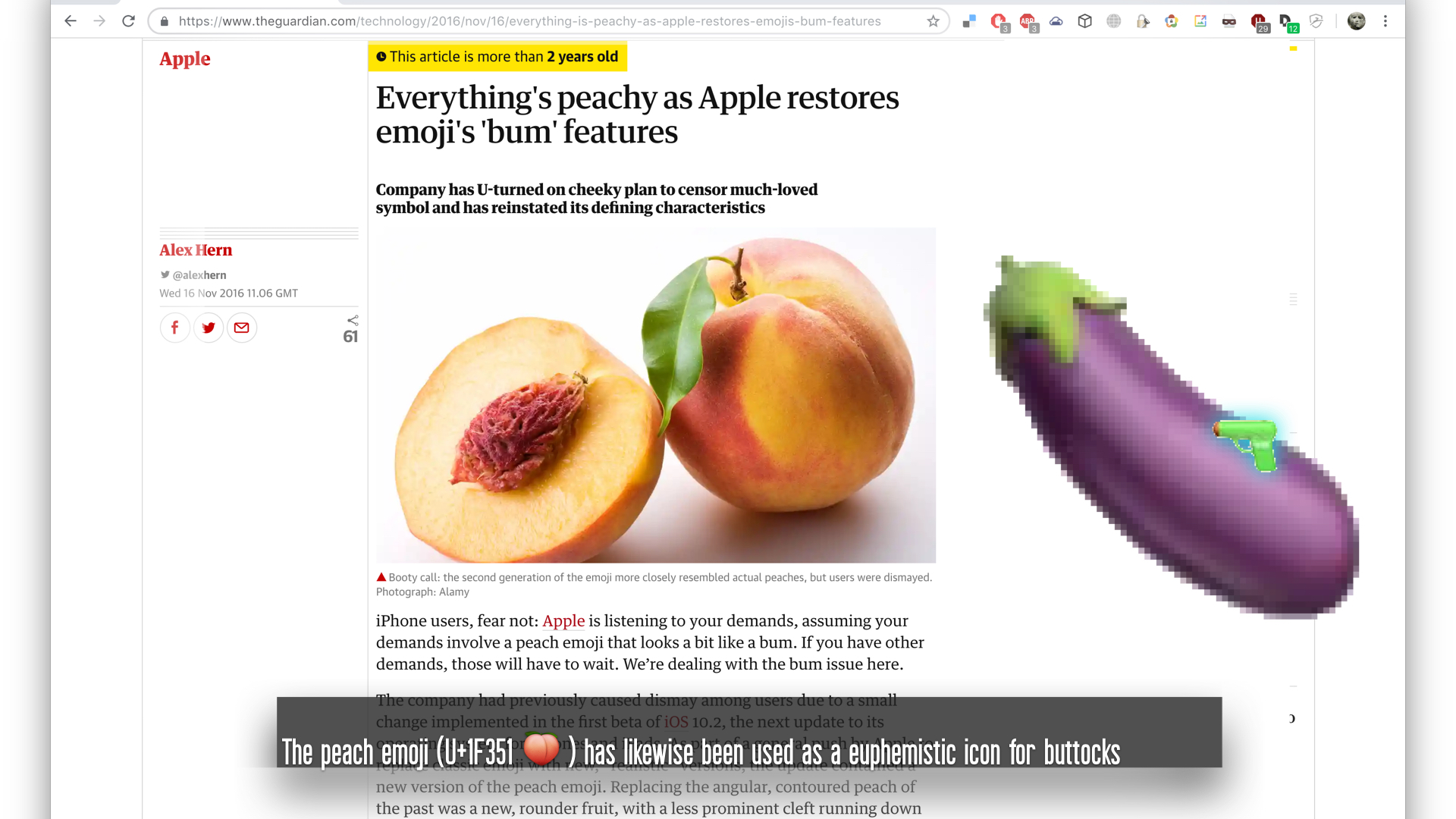

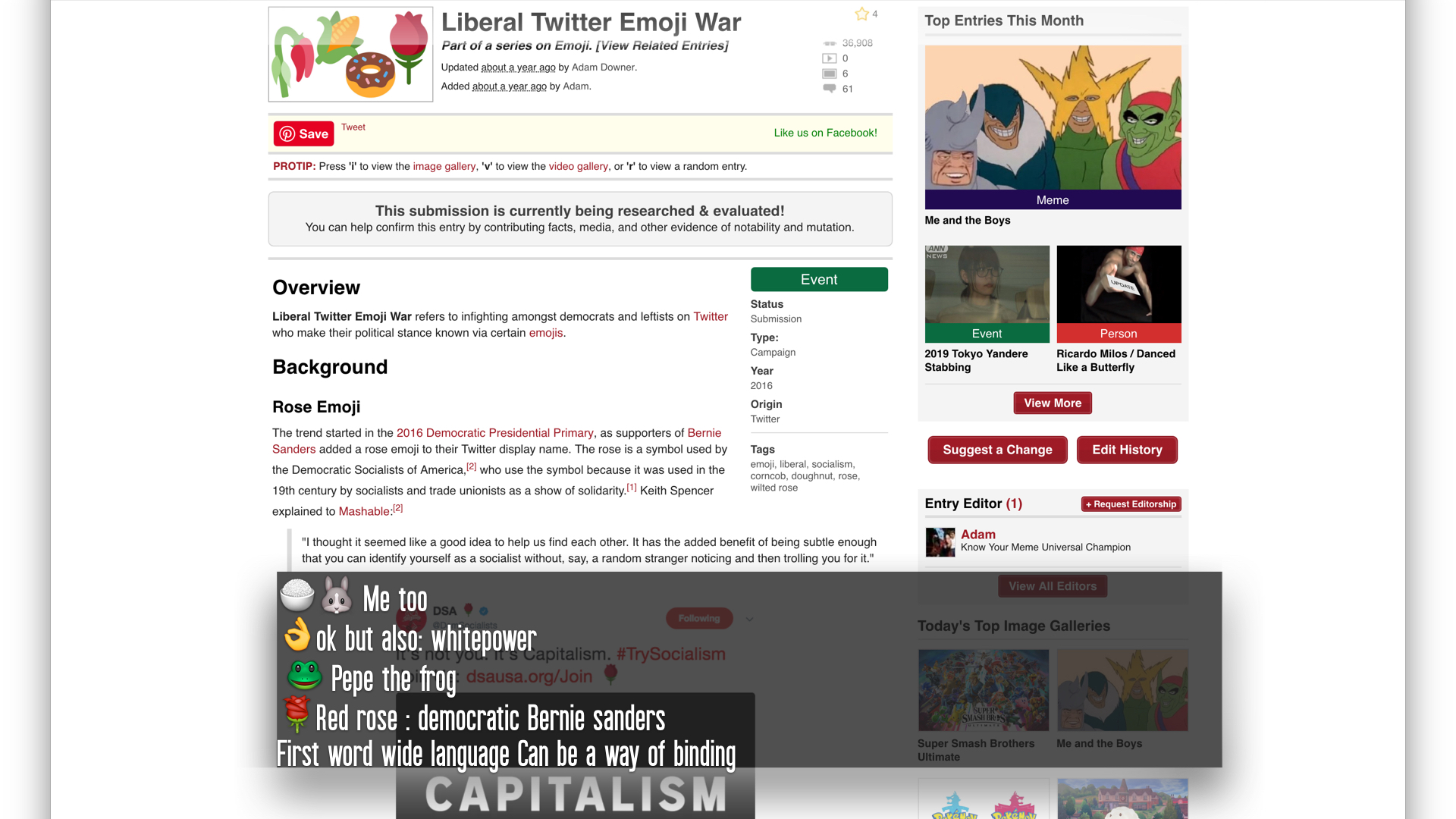


Emojis - one day workshop
[[as part of the resolution studies colloquium]]The earliest known mobile phone in Japan to include a set of emoji was released by J-Phone on November 1, 1997. The set of 90 emoji included many that would later be added to the Unicode Standard, such as Pile of Poo 💩, but as the phone was very expensive they were not widely used at the time. In 1999, Shigetaka Kurita created the first widely-used set of emoji which was implemented on NTT DoCoMo's i-mode mobile Internet platform.
Today, anyone can submit a proposal for an emoji character, but the implementation of new emoji is regulated by the Unicode Consortium. Every year 70 new emojis are chosen and implemented. The voting members of the UC pay �💵💴💶💰💷$ to have a vote. This is why certain emojis are missing and also a root of certain emoji controversies.
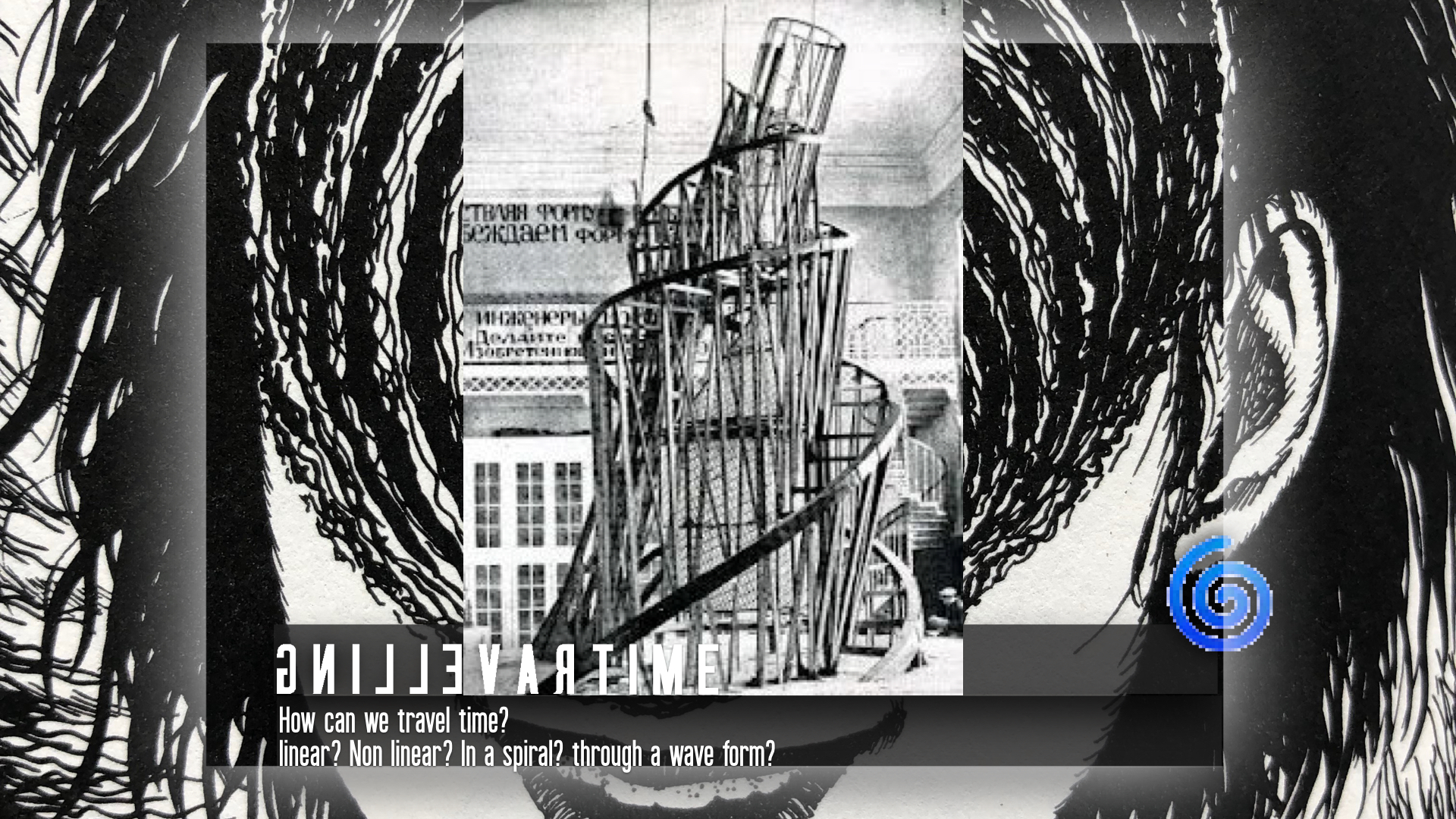


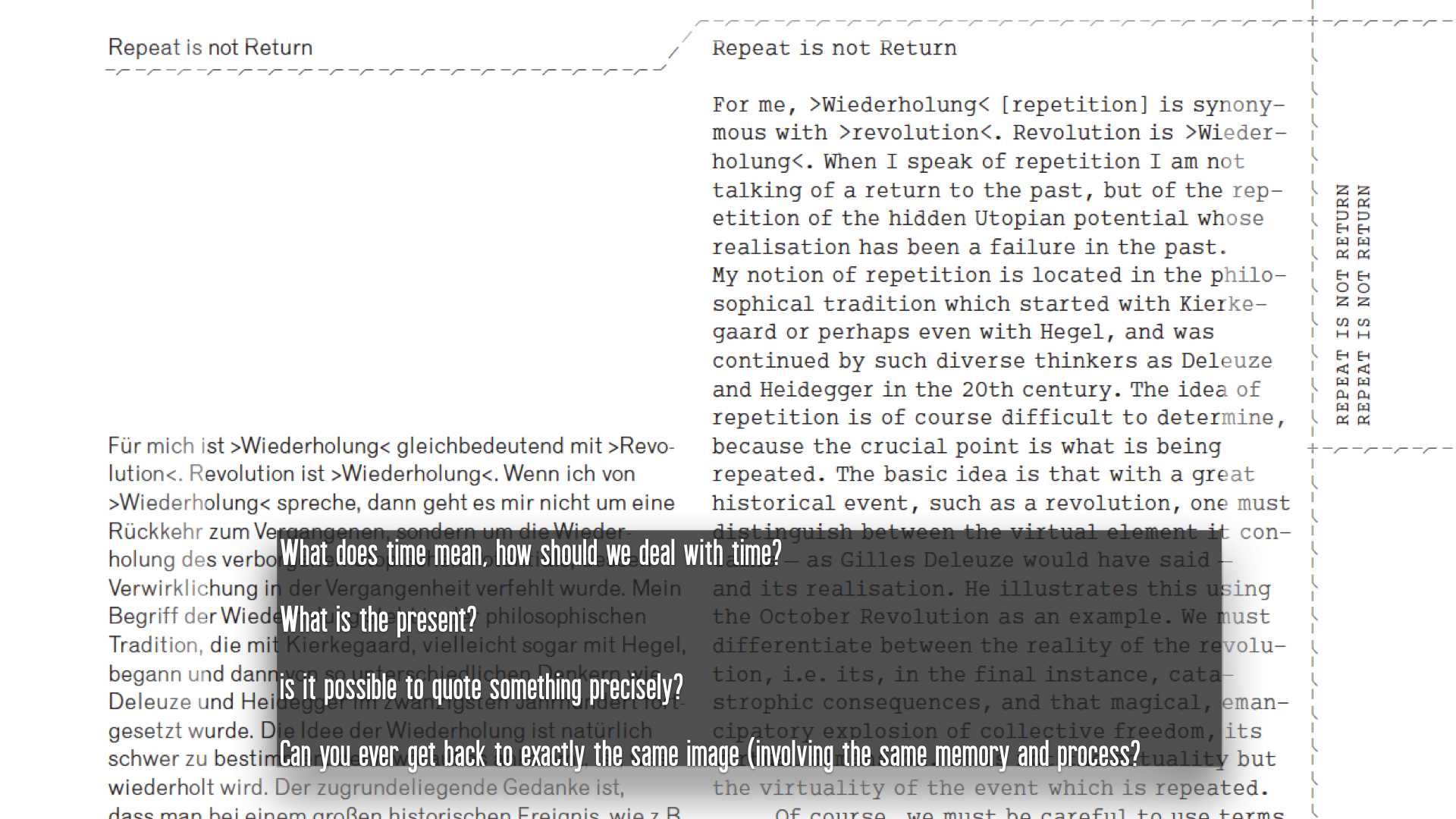

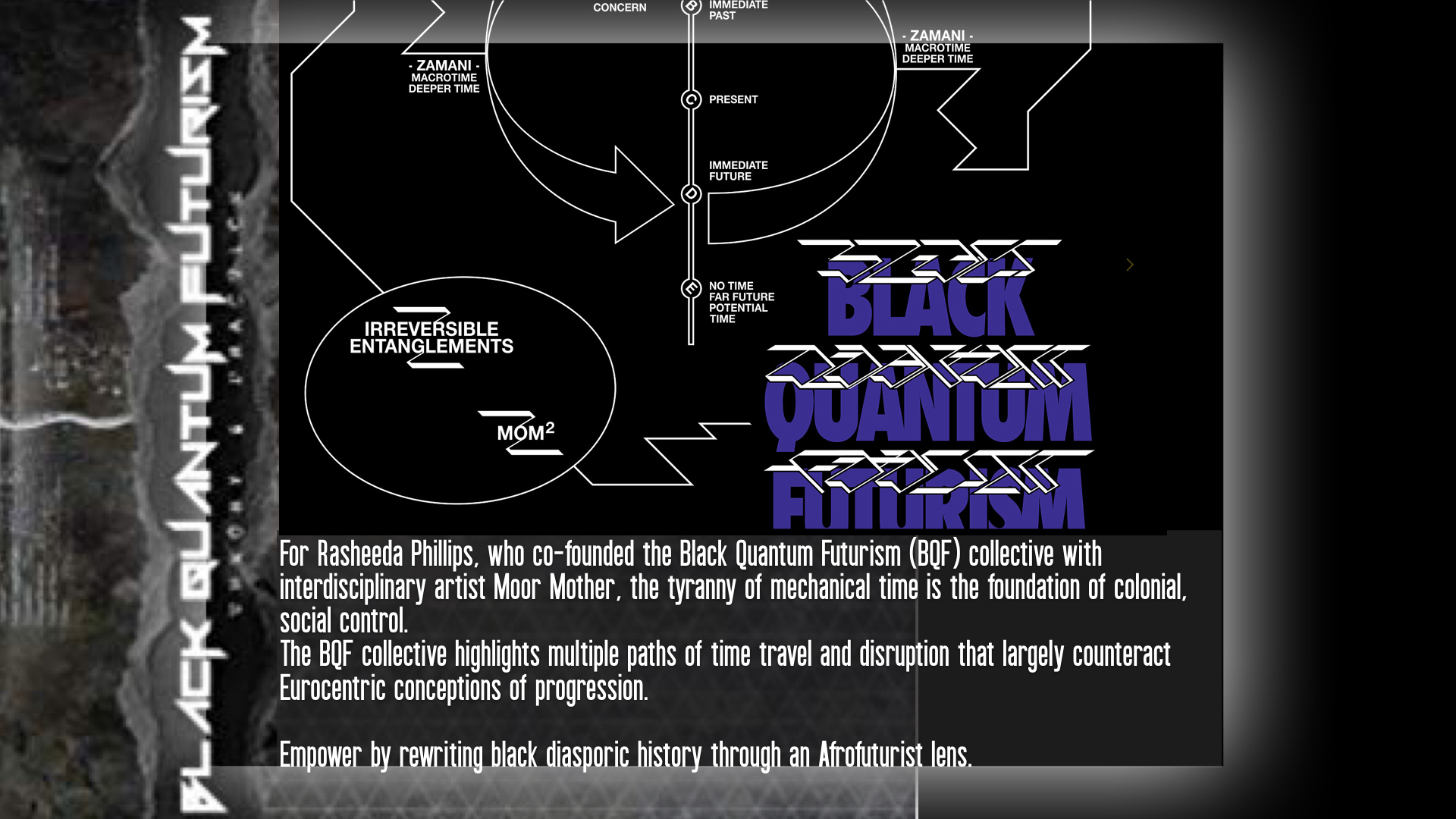
Timetravelling - one day workshop
[[as part of the resolution studies colloquium]]]
With the advent of the digital, time is no longer what it used to be. Instances can be jumped, repeated or stamped: the digital has introduced a new experience of time. But before making such a statement, we first need to discuss the dimension of time.
According to Hillel Schwartz, first there was Aeon time. Aeon time is universally ongoing and impersonal time. As an eternal flux and flow it is always ‘just there’. Schwartz connects aeon time to background noise, the noise that has been there since the Big Bang, the noise that will always exist and is usually suppressed but remains part of any system.
Secondly, Schwartz explains, there is Kronos, from which the term ‘chronology’ stems. Kronos refers to linear, one directional time, business time or incremental, daily routine time. Schwartz connects Kronos to repetitive noise, such as the noise of a dripping faucet. It is sickeningly rhythmic and does not move backwards.
Finally there is Kairos, which is best described as the time of opportunity. This time is dangerous and thrilling, however it can also present itself subtly. Schwarz connects Kairos to the noise of revolution. It is the shriek of invention. The time when someone urges you to seize the moment.
But Schwartz is of course not the only one outlining a general definition of time. Many men have attempted to describe time before him, and many have after... Here Schwartz is merely a starting point to discuss and travel time.
What can be images of time? And what other radical ideas of time are there?
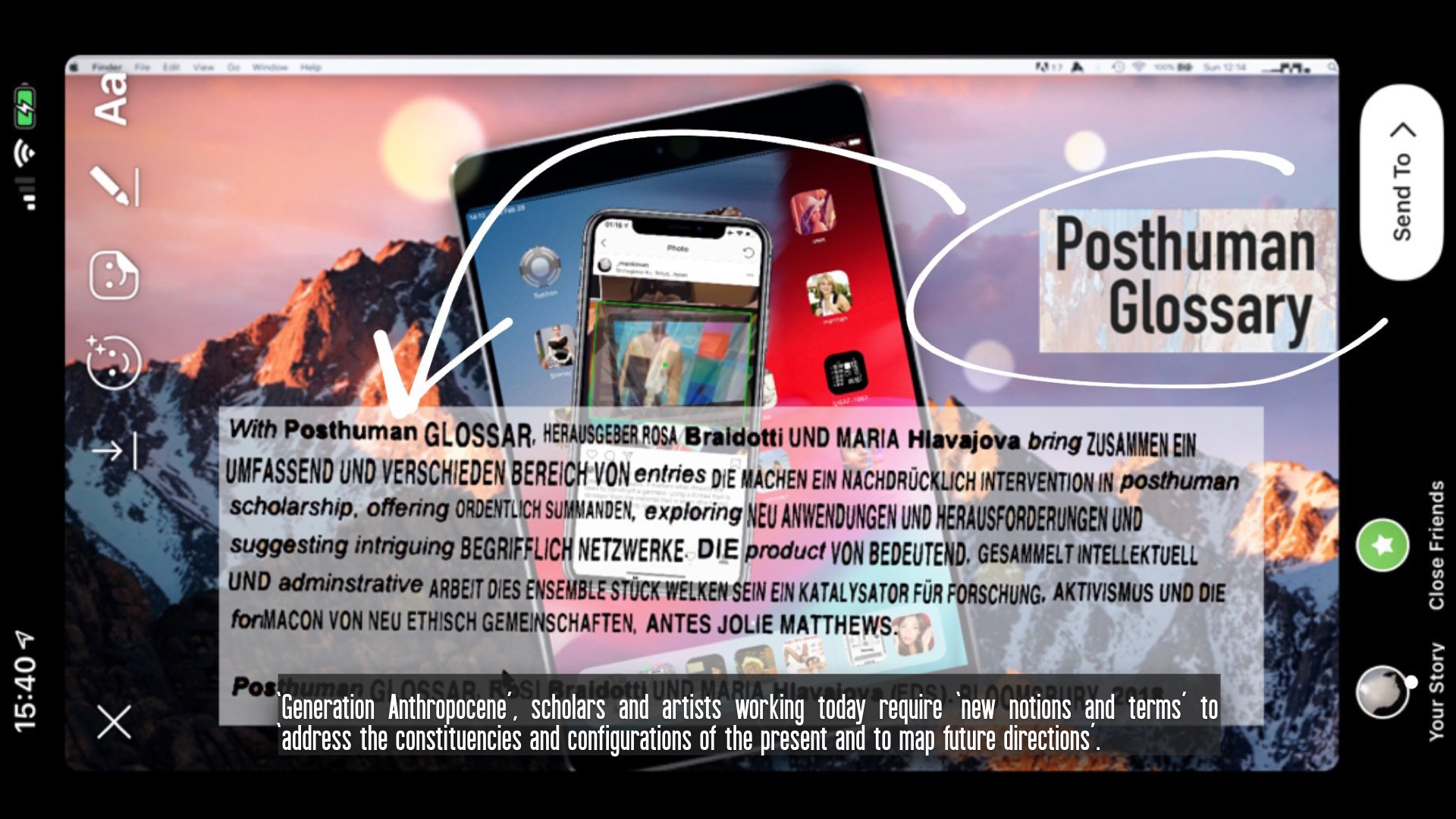
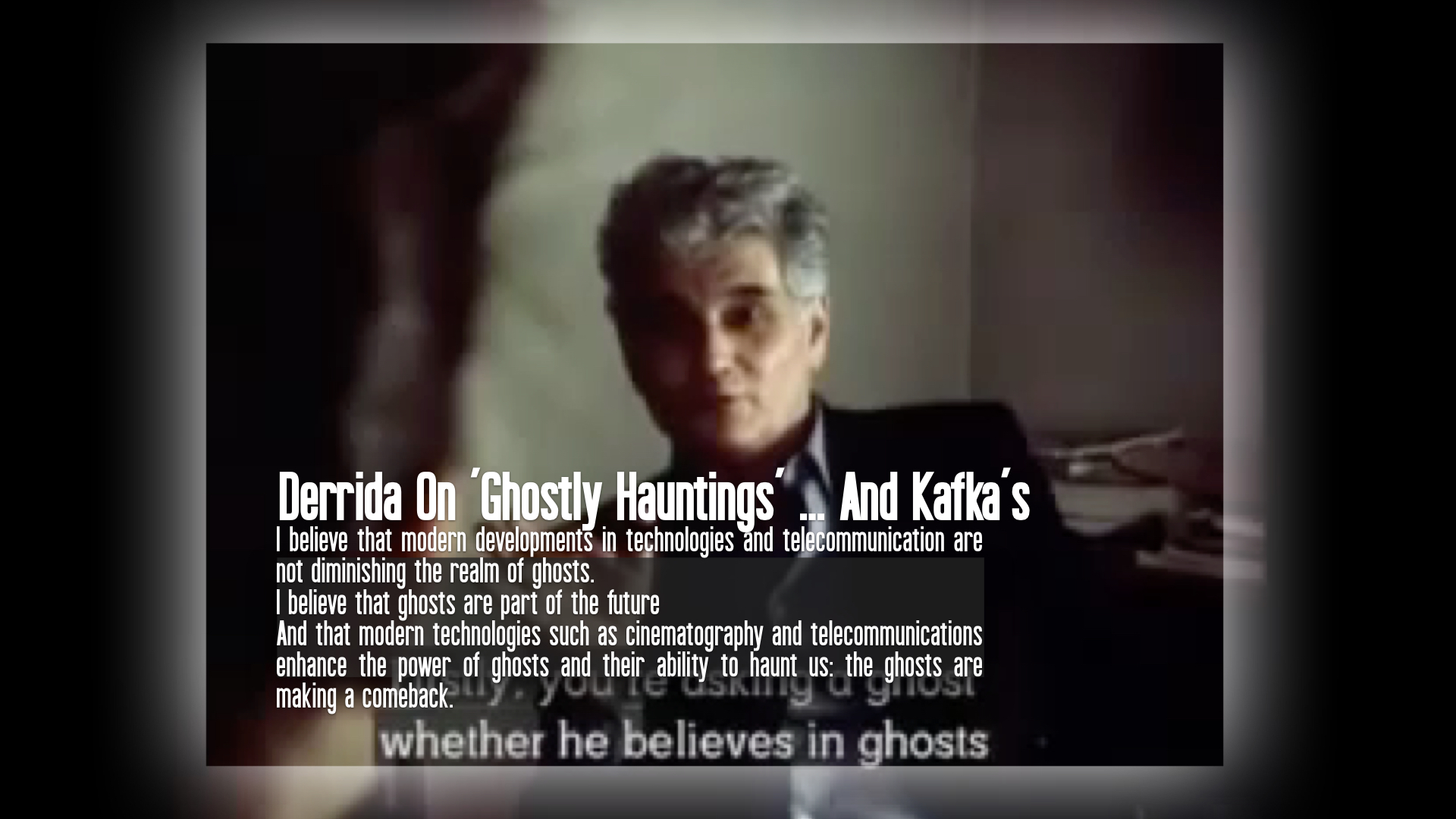
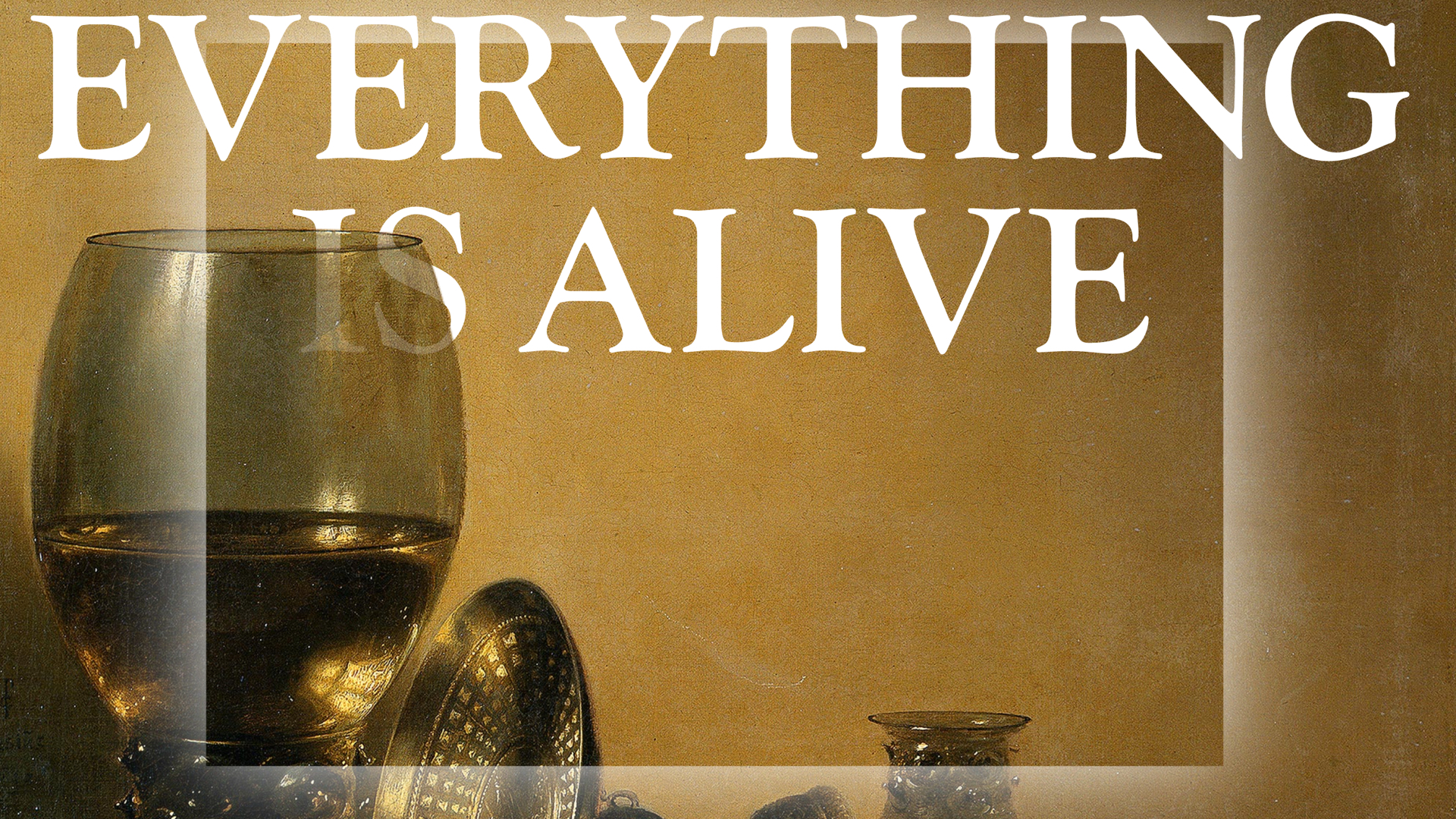
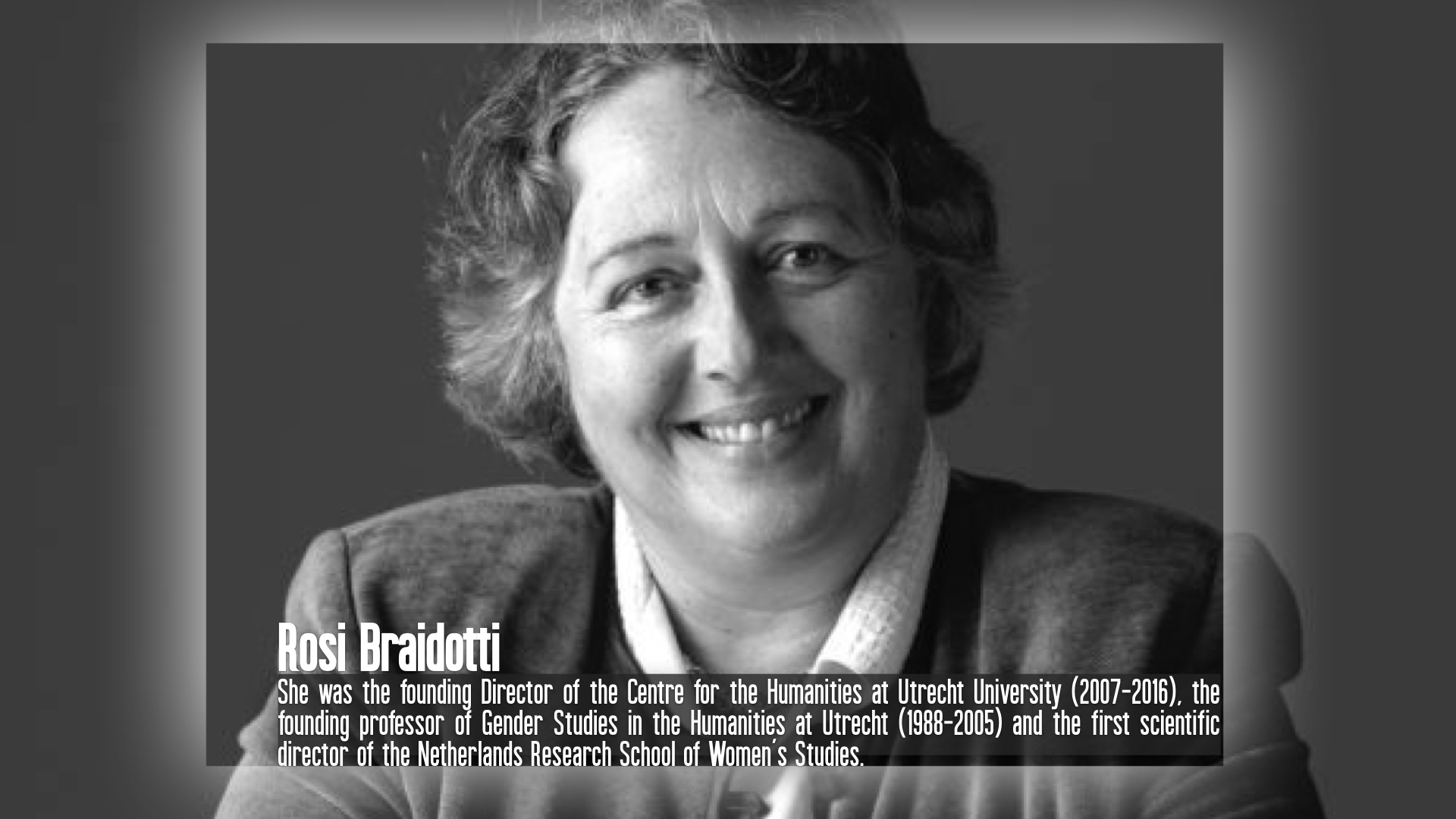
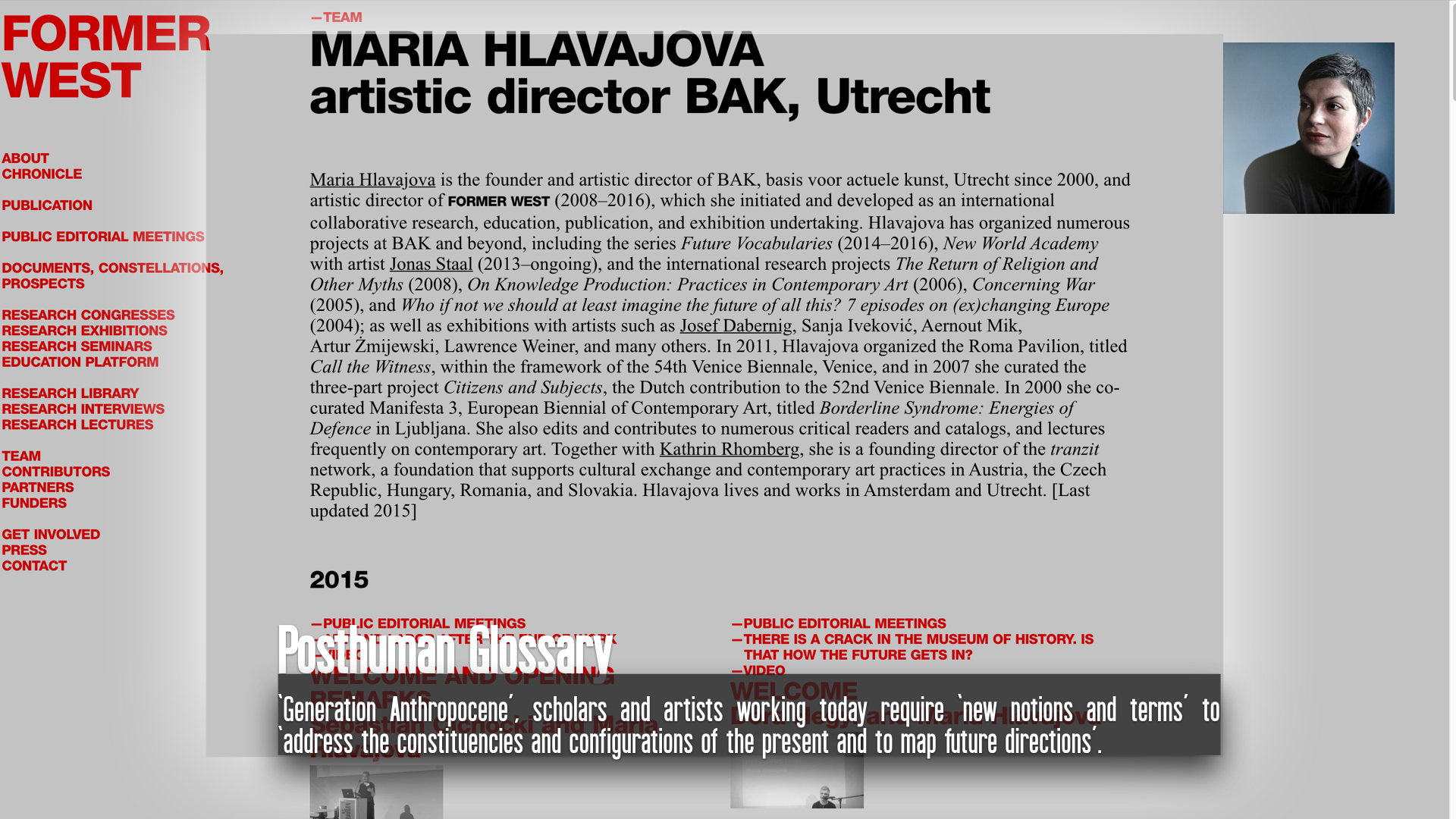


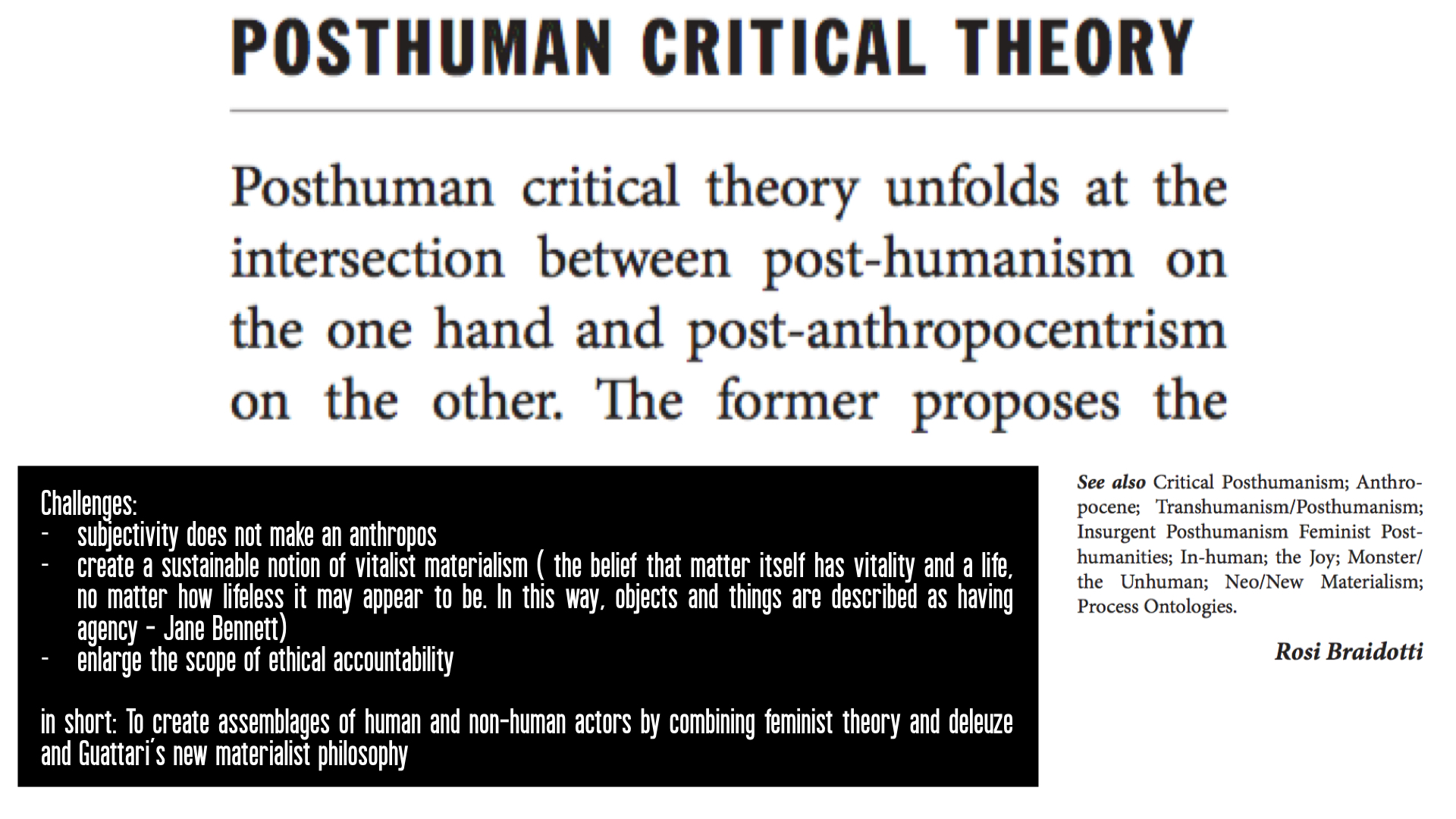
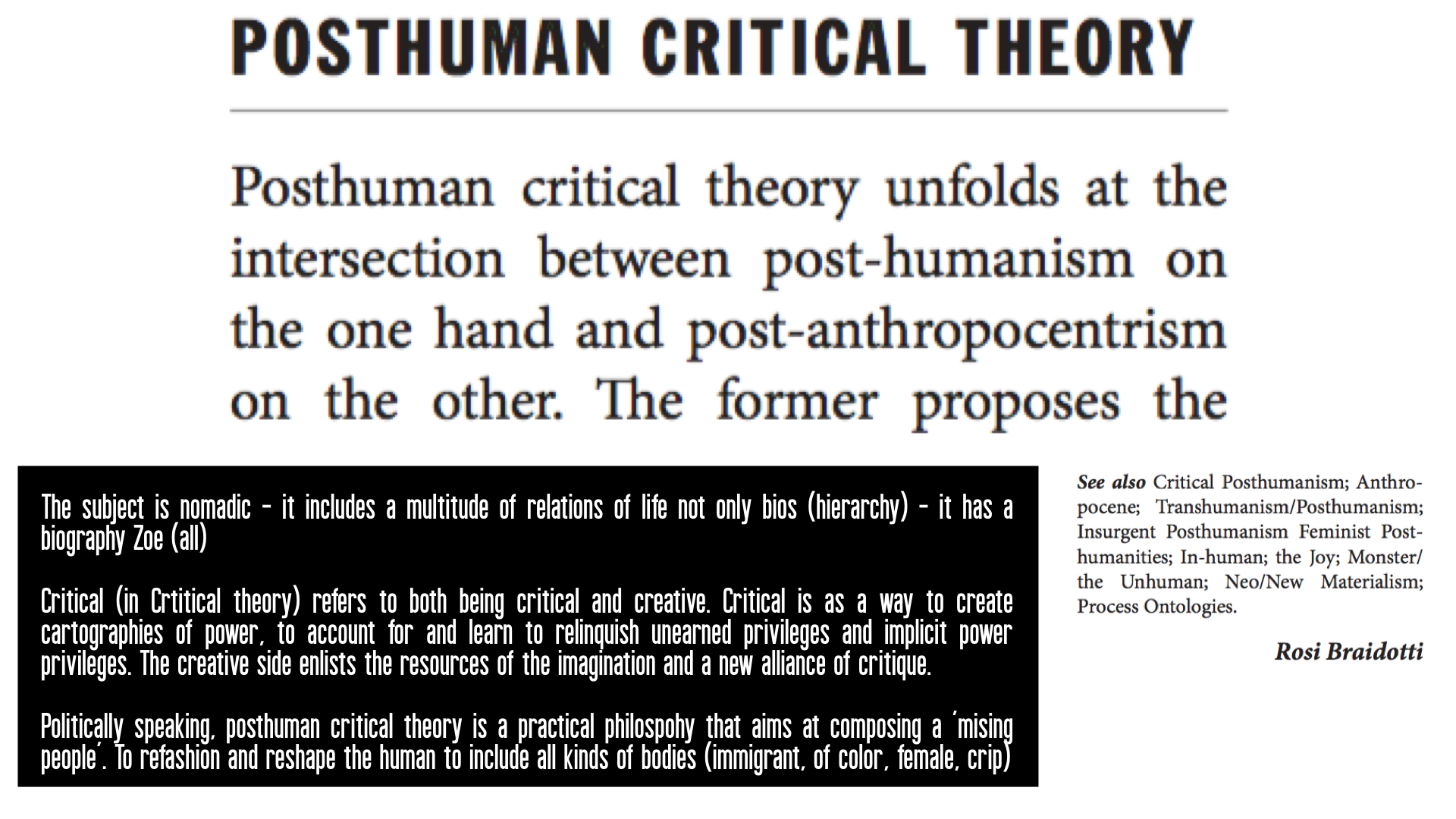
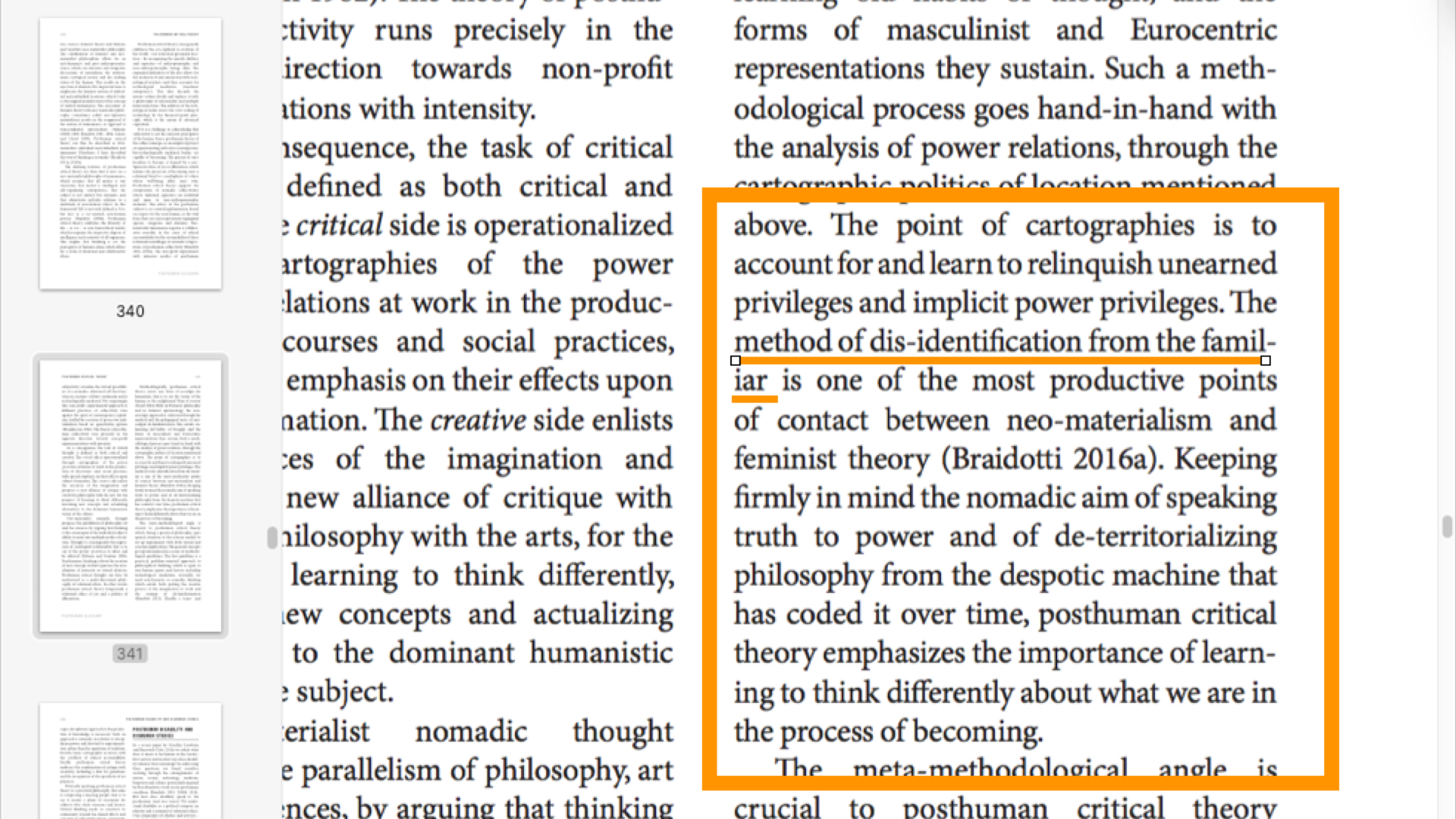

Posthuman Glossary - one day workshop
[[as part of the resolution studies colloquium]]
Posthuman Critical theory is a convergence of posthumanism and post anthropocentrism.
In humanism the 'man' from the West sets the standards to measure all things. PCT rejects any nostalgia for humanism or the 'enlightened man of reason'.
PCT also rejects to see the world as a hierarchy of species and human exceptionalism - as is celebrated in anthropocentrism. As a result, PCT pratices a ‘dis-identification of the familiar’.
Posthuman Critical Theory believes that:
* Subjectivity does not make an ‘anthropos'
* We need to create a sustainable notion of vitalist materialism - the belief that matter itself has vitality and is alive, no matter how lifeless it may appear to be. In doing so, objects and things are described as having agency (Jane Bennett / D&G).
* We need to enlarge the scope of ethical accountability.
In short: Posthuman Critical Theory creates assemblages of human and non-human actors by combining feminist theory and Deleuze and Guattari's new materialist philosophy. Urgency is found in the Anthroposcene condition, which changes environmental, social economical, affective and psychical conditions and the violent and inhumane power relations that result from technological advances and a growing economic and social inequalities.
Critical (in Crtitical theory) refers to both being critical and creative. Critical is as a way to create cartographies of power, to account for and learn to relinquish unearned privileges and implicit power privileges. The creative side enlists the resources of the imagination and a new alliance of critique. Politically speaking, posthuman critical theory is a practical philospohy that aims at composing a 'missing people', to refashion and reshape the human to include all kinds of bodies (immigrant, of color, female, crip)
Posthuman Glossary - one day workshop
[[as part of the resolution studies colloquium]]



